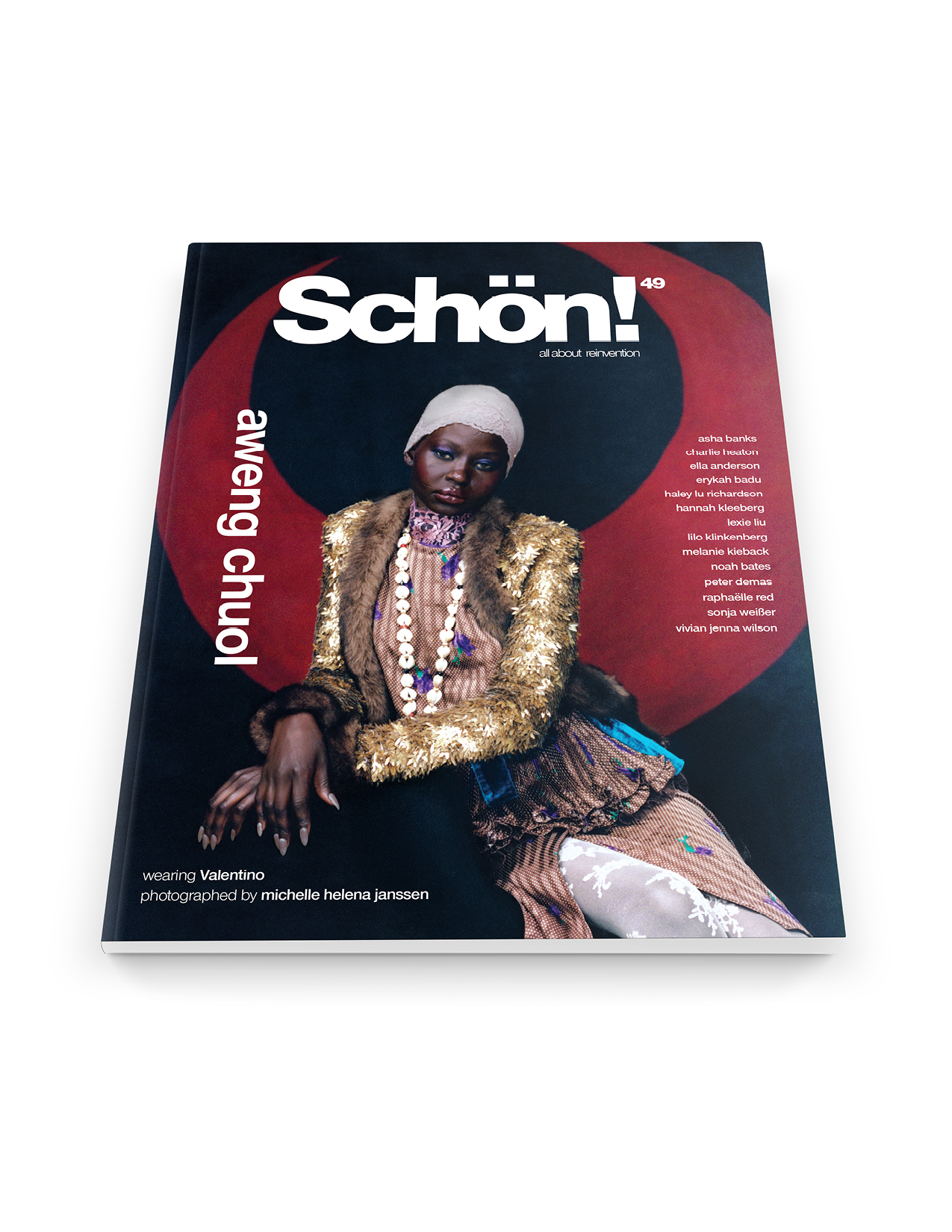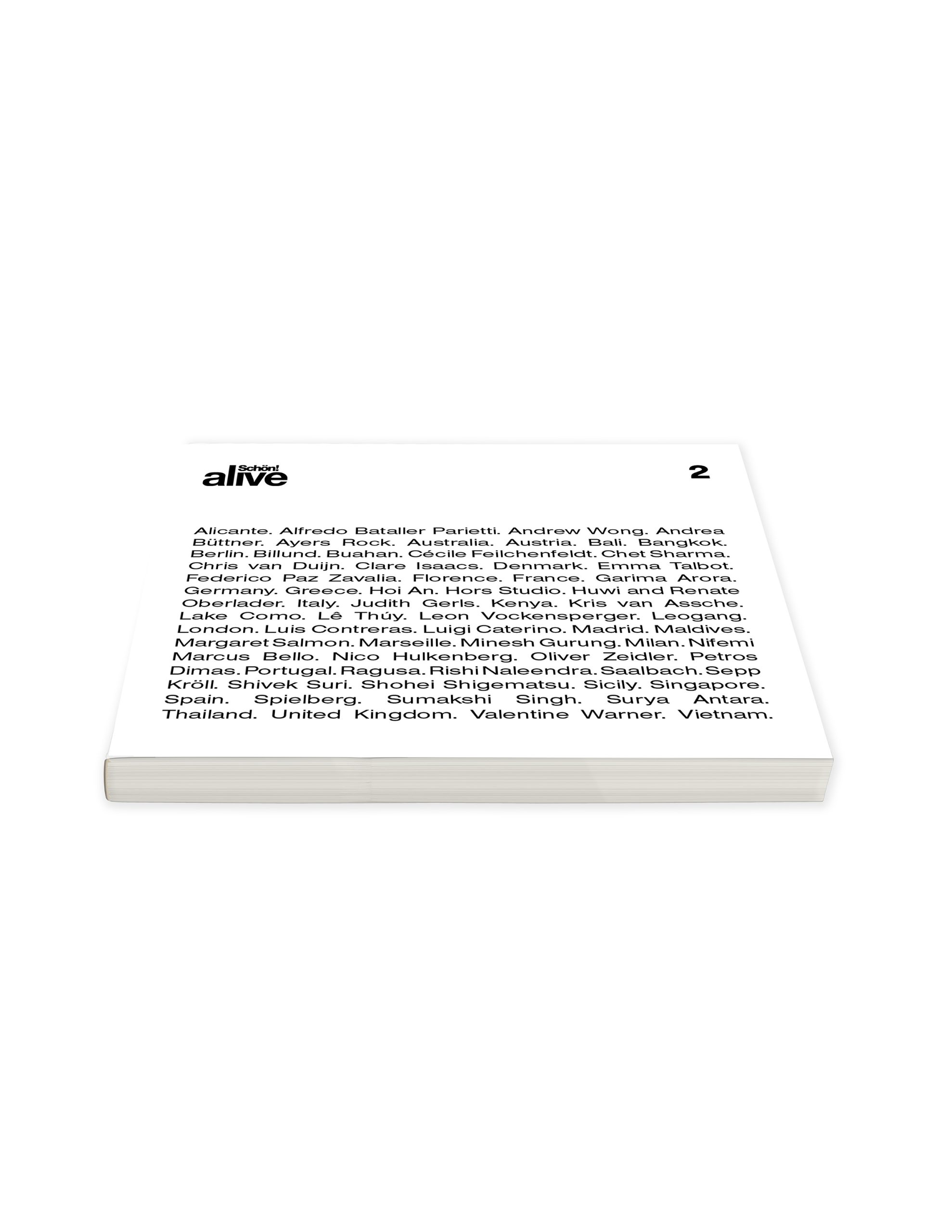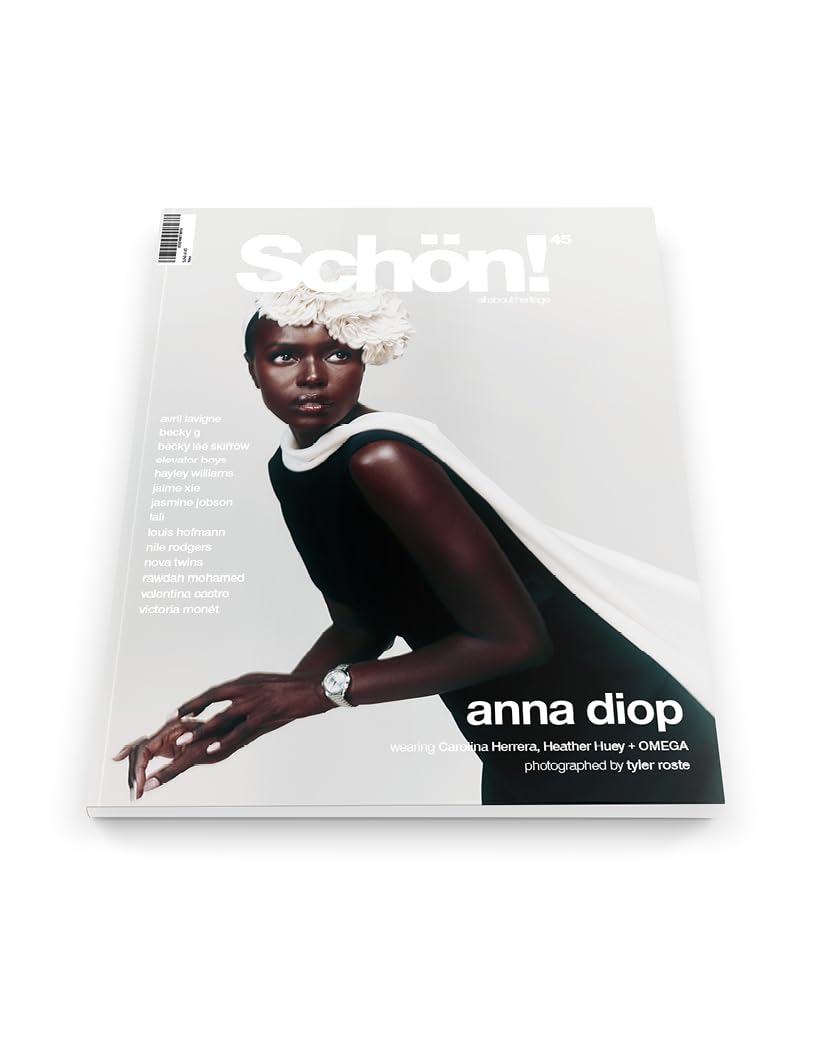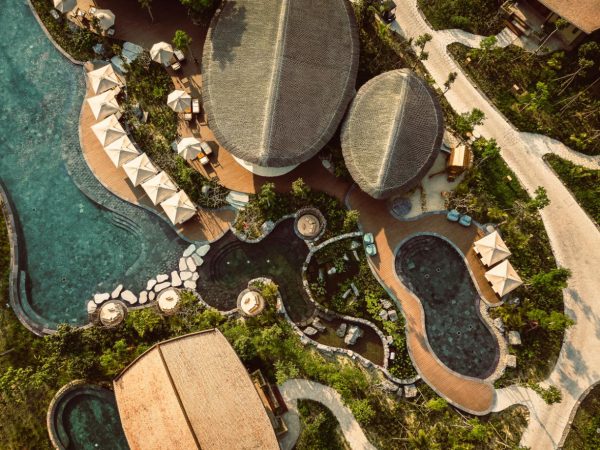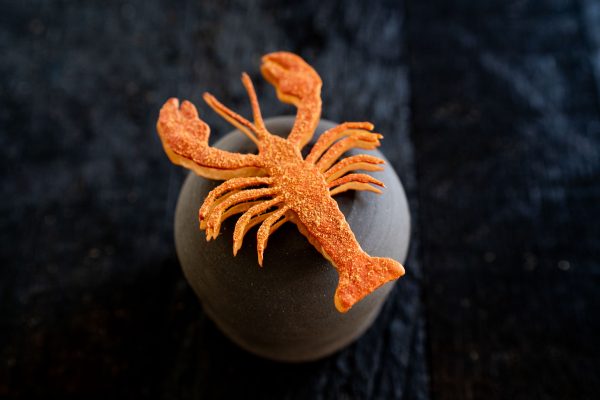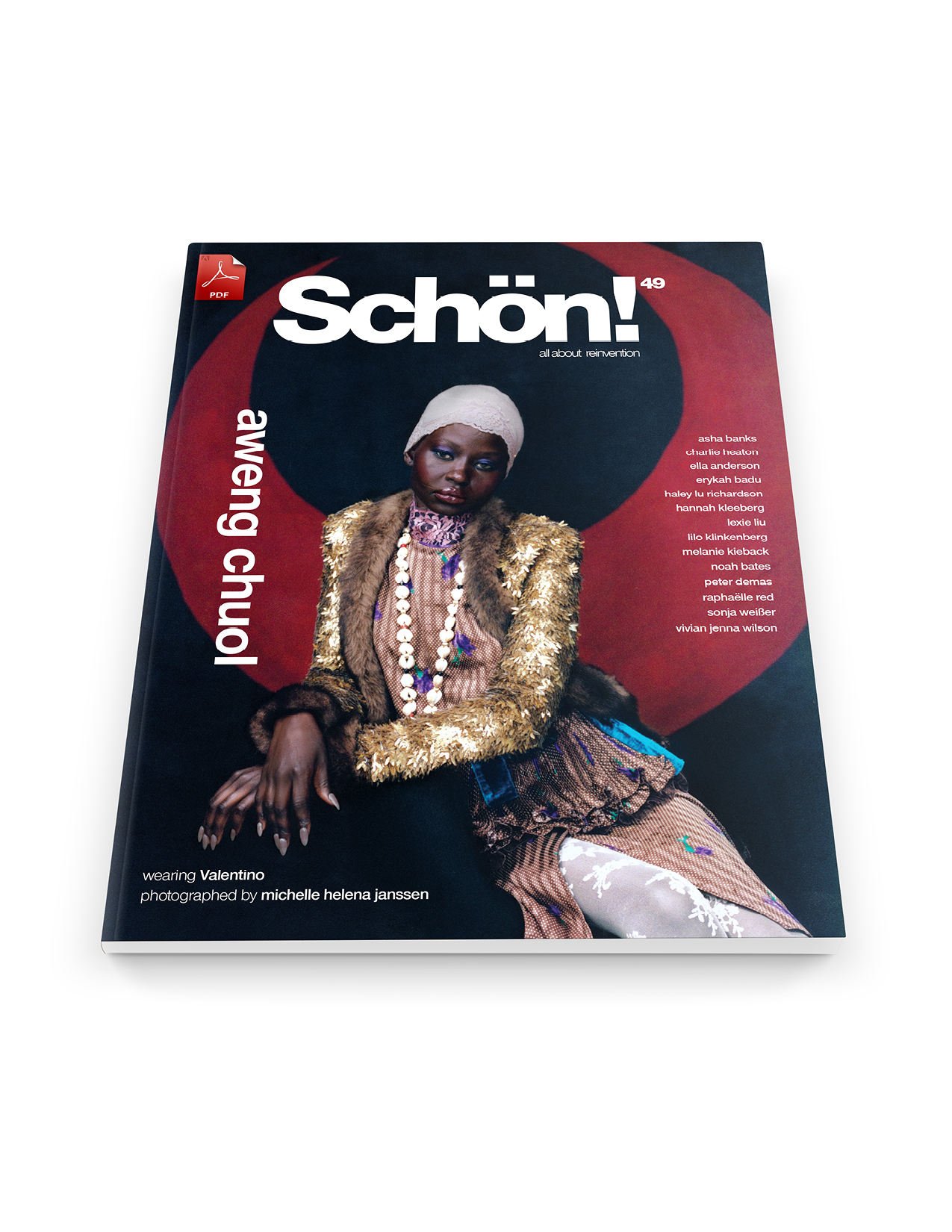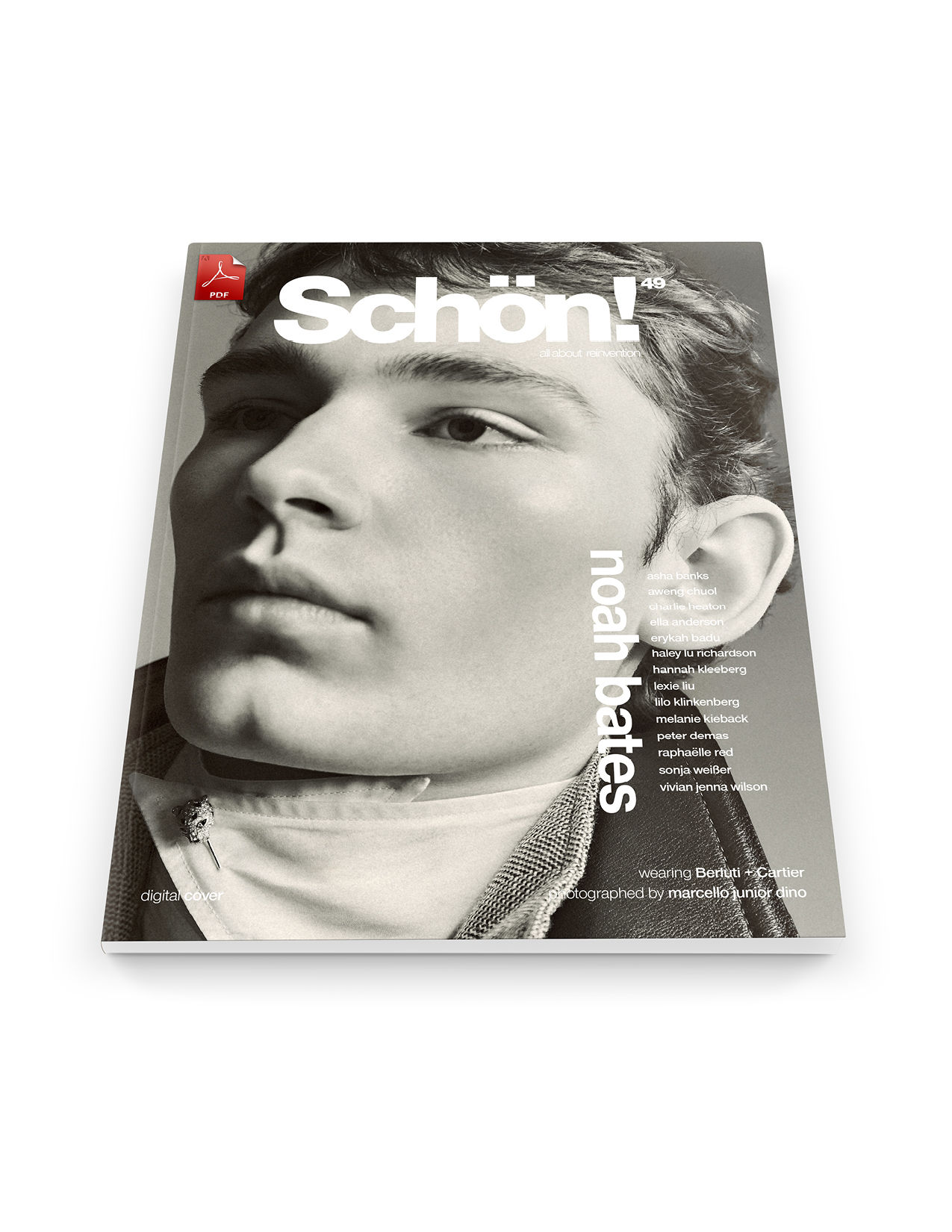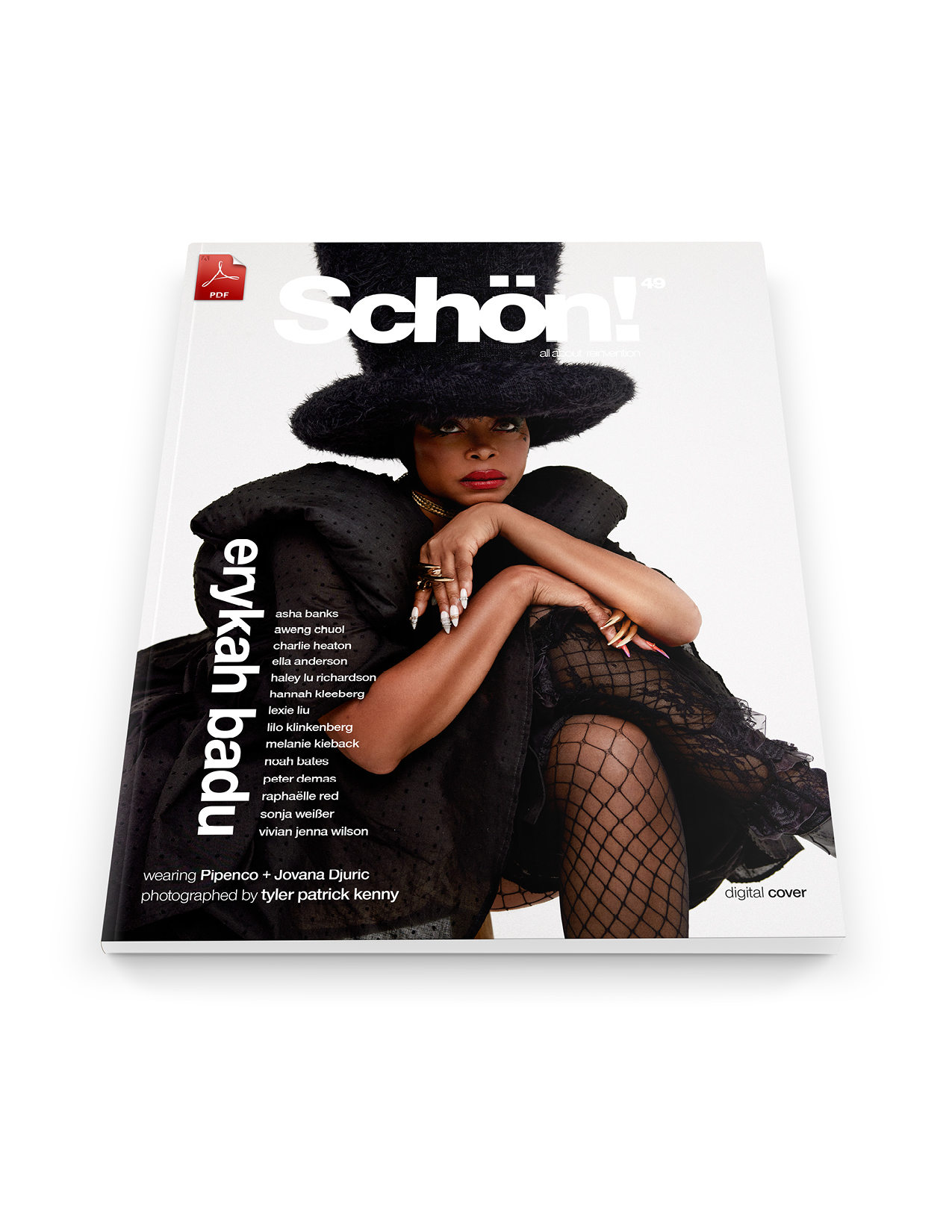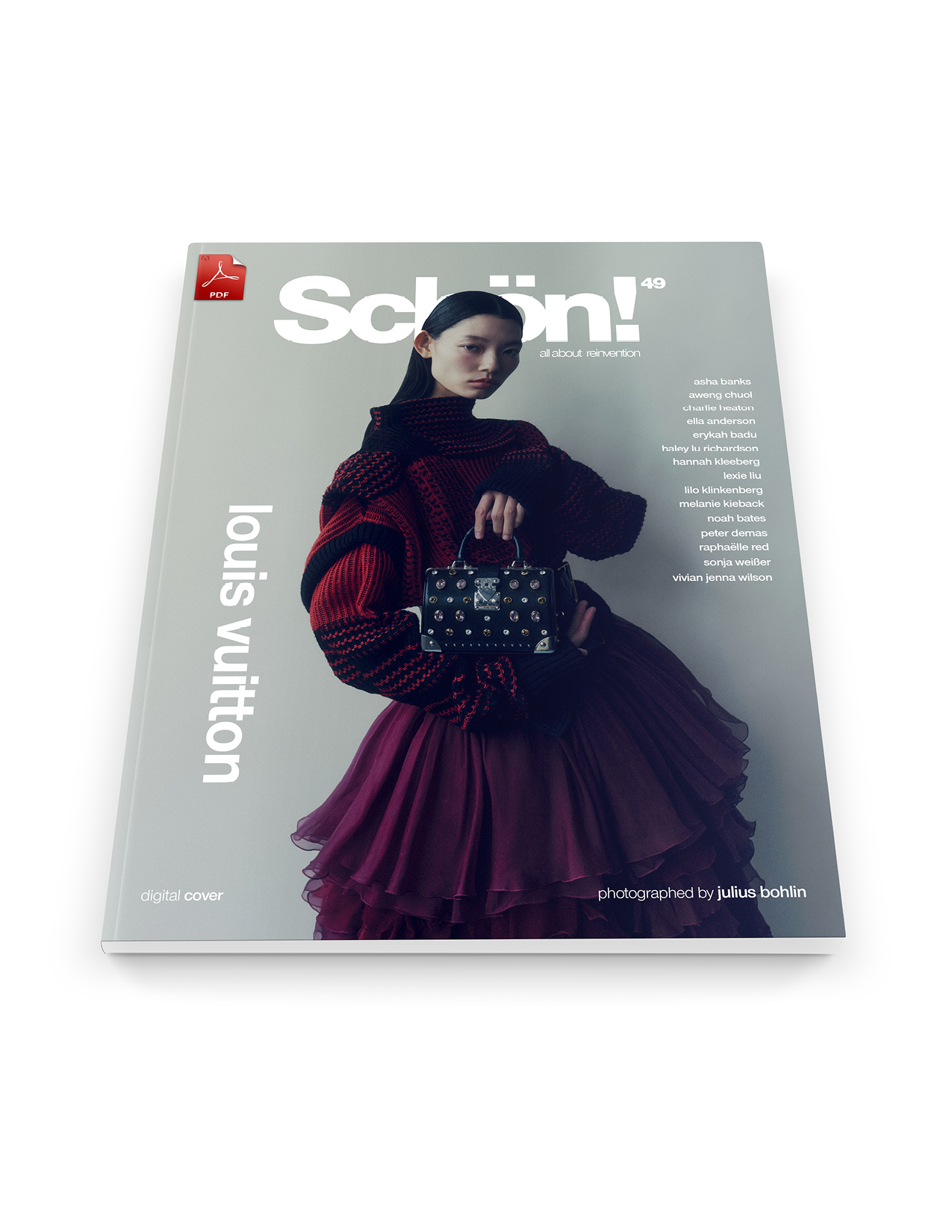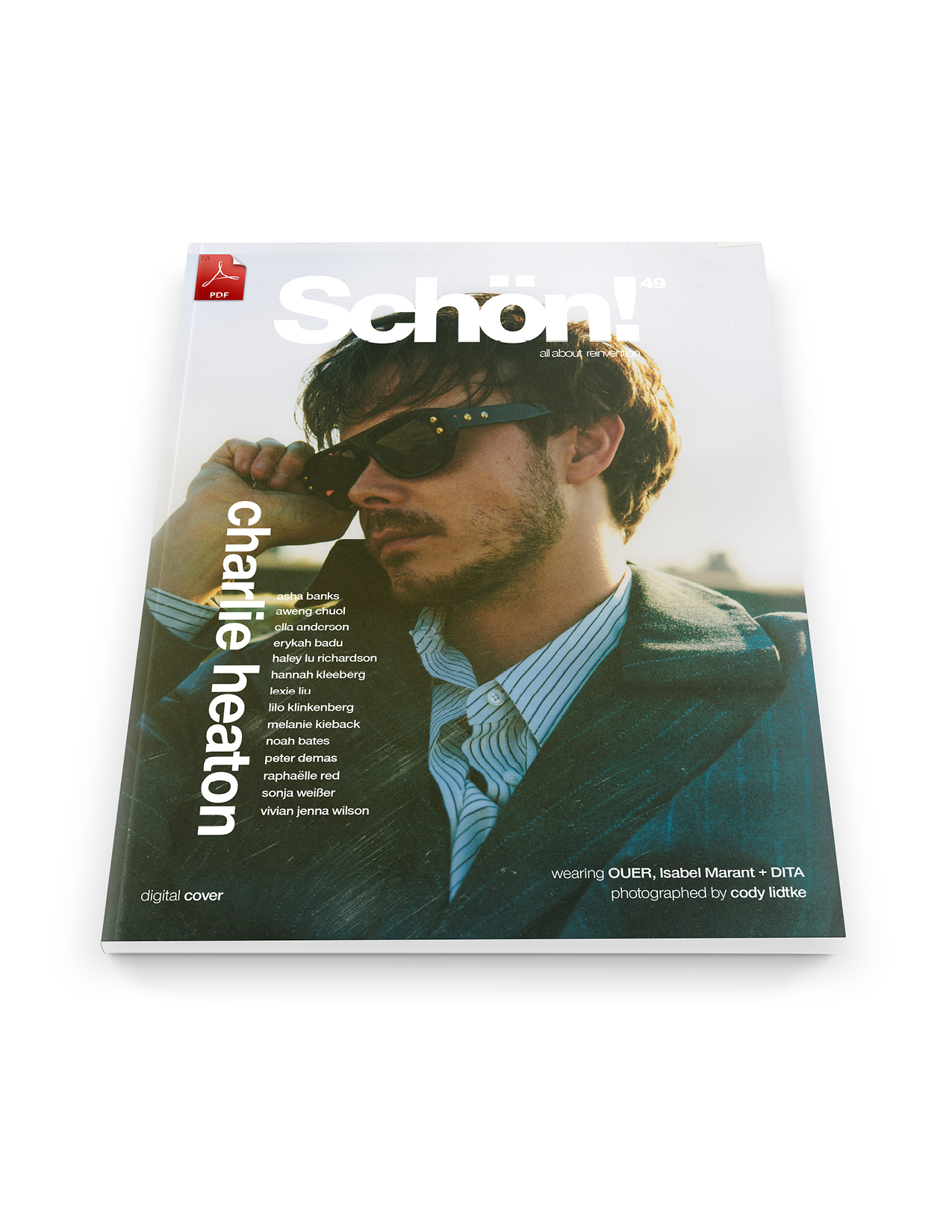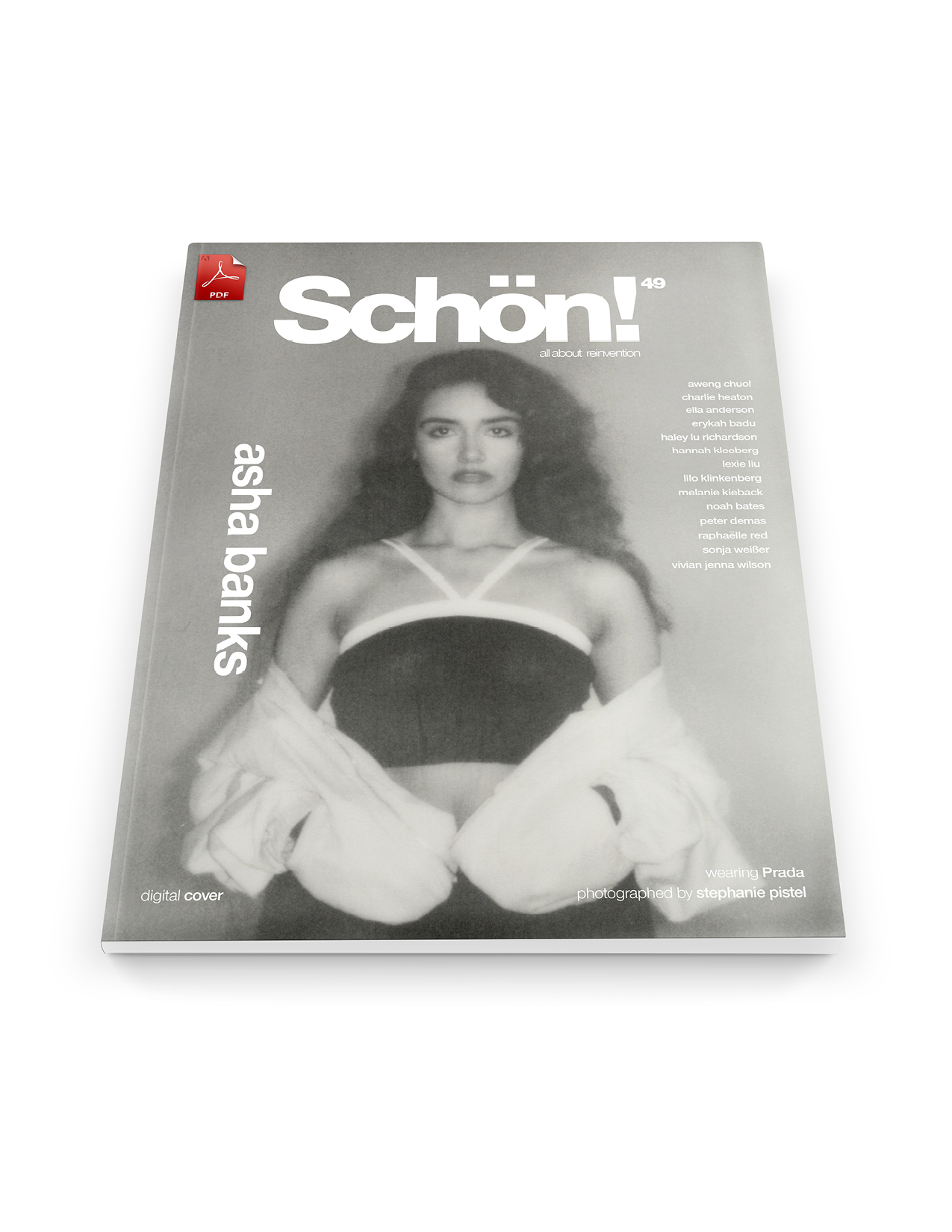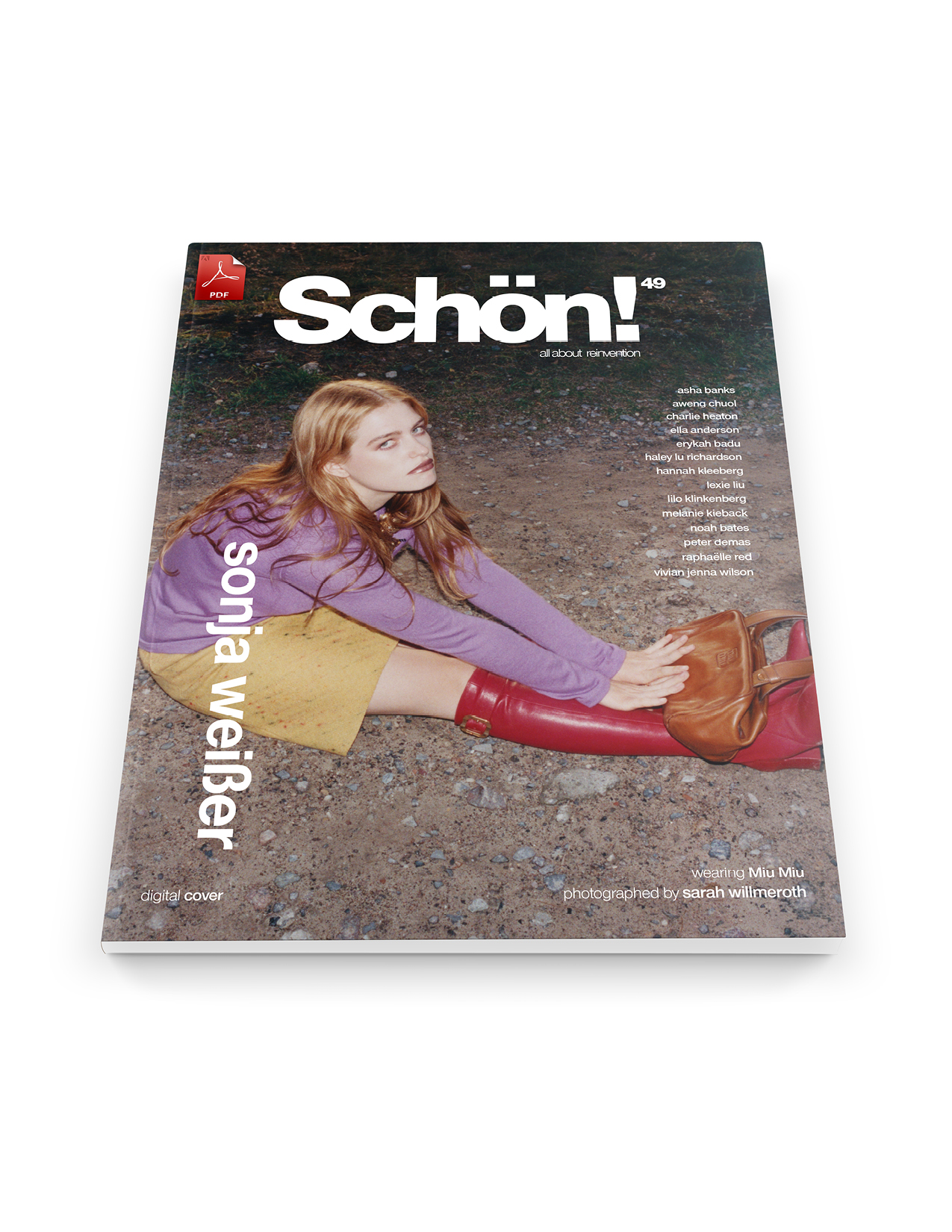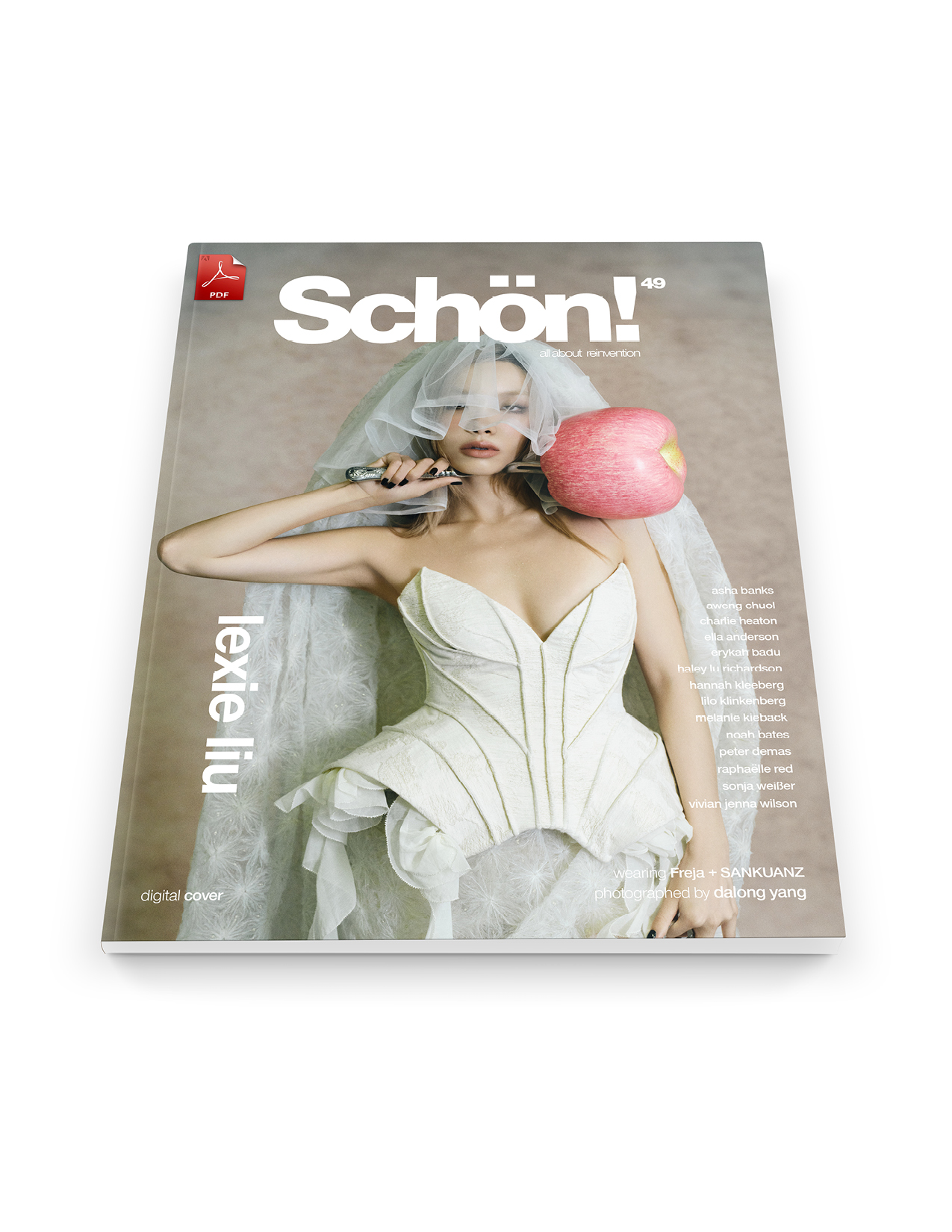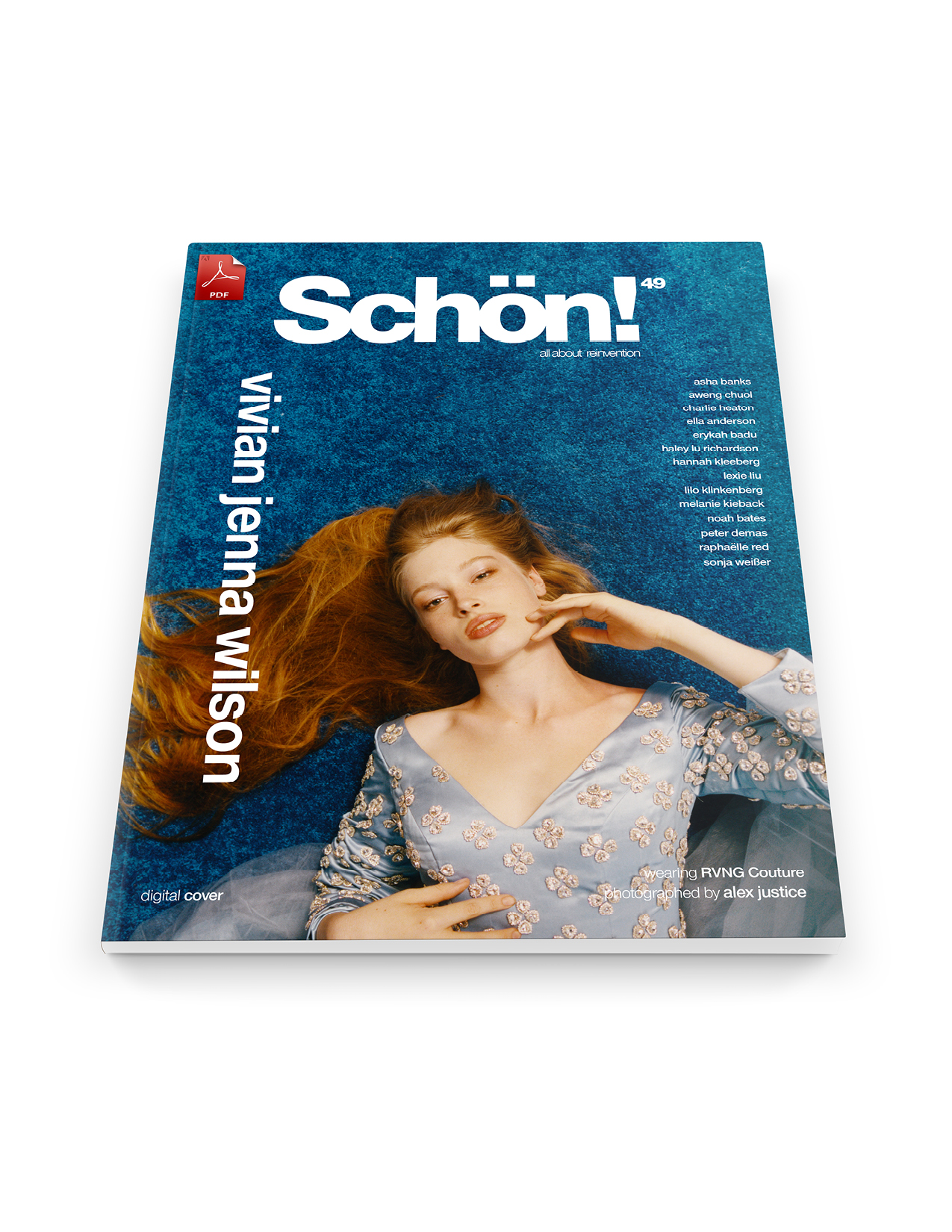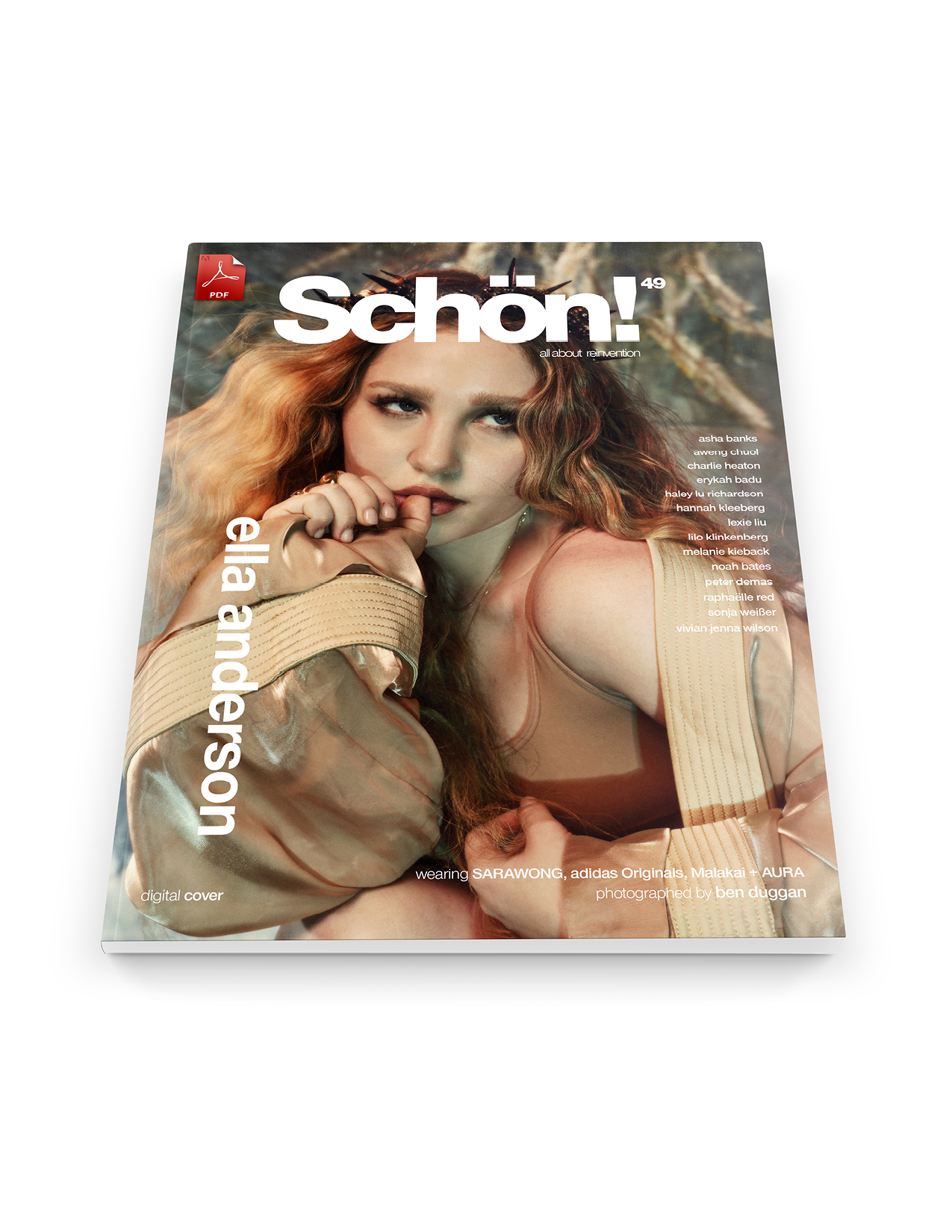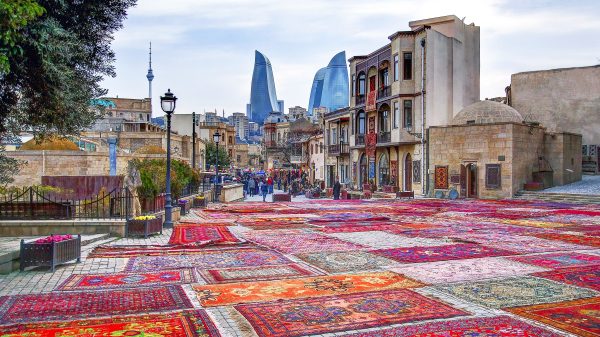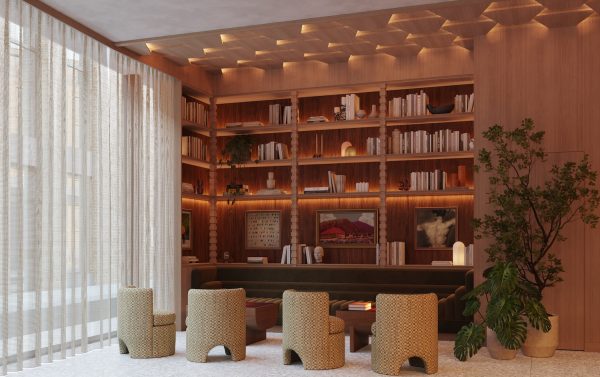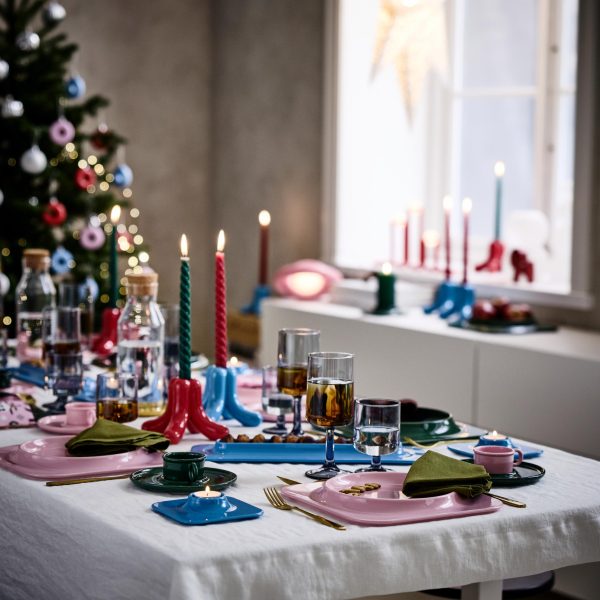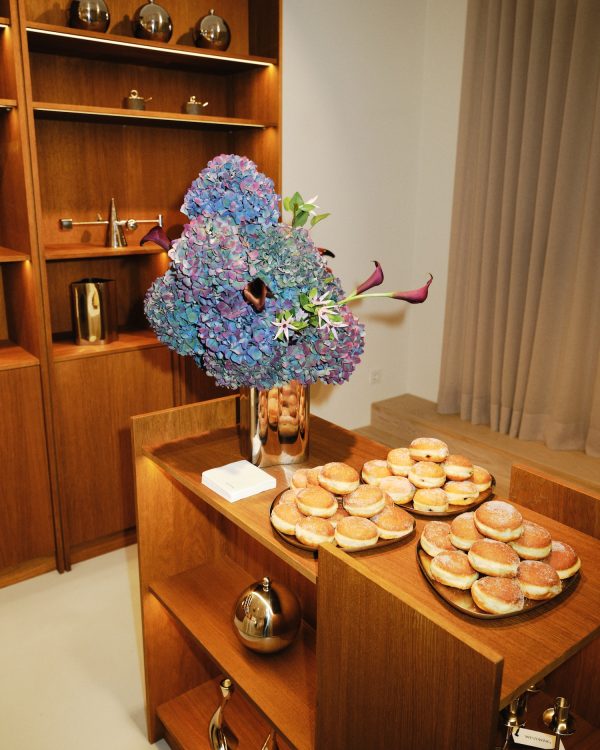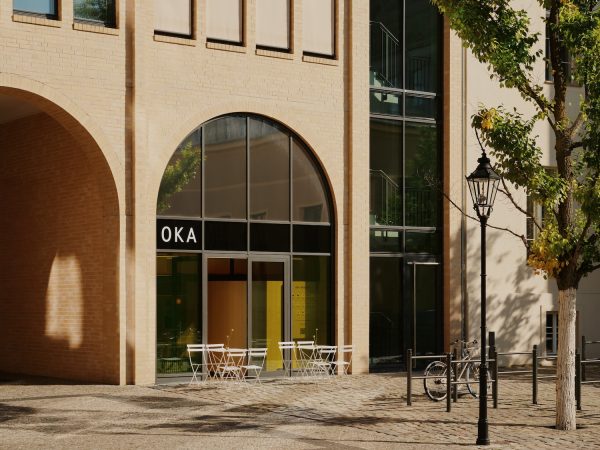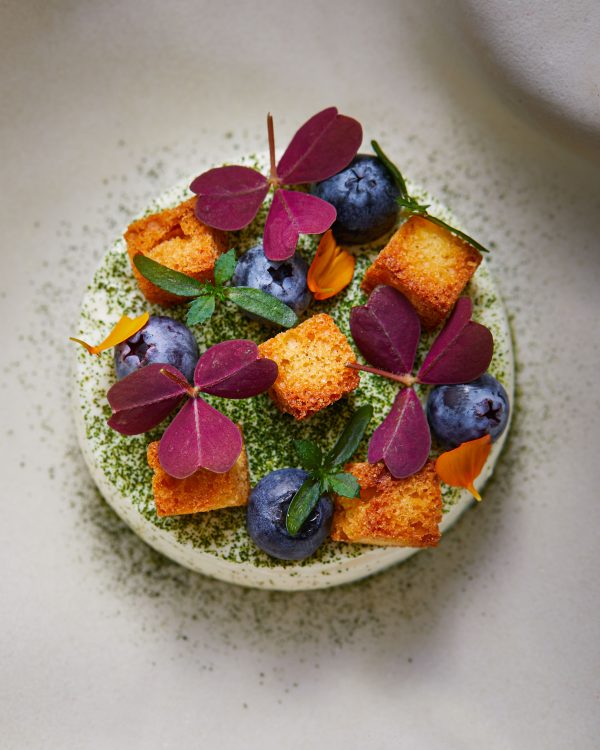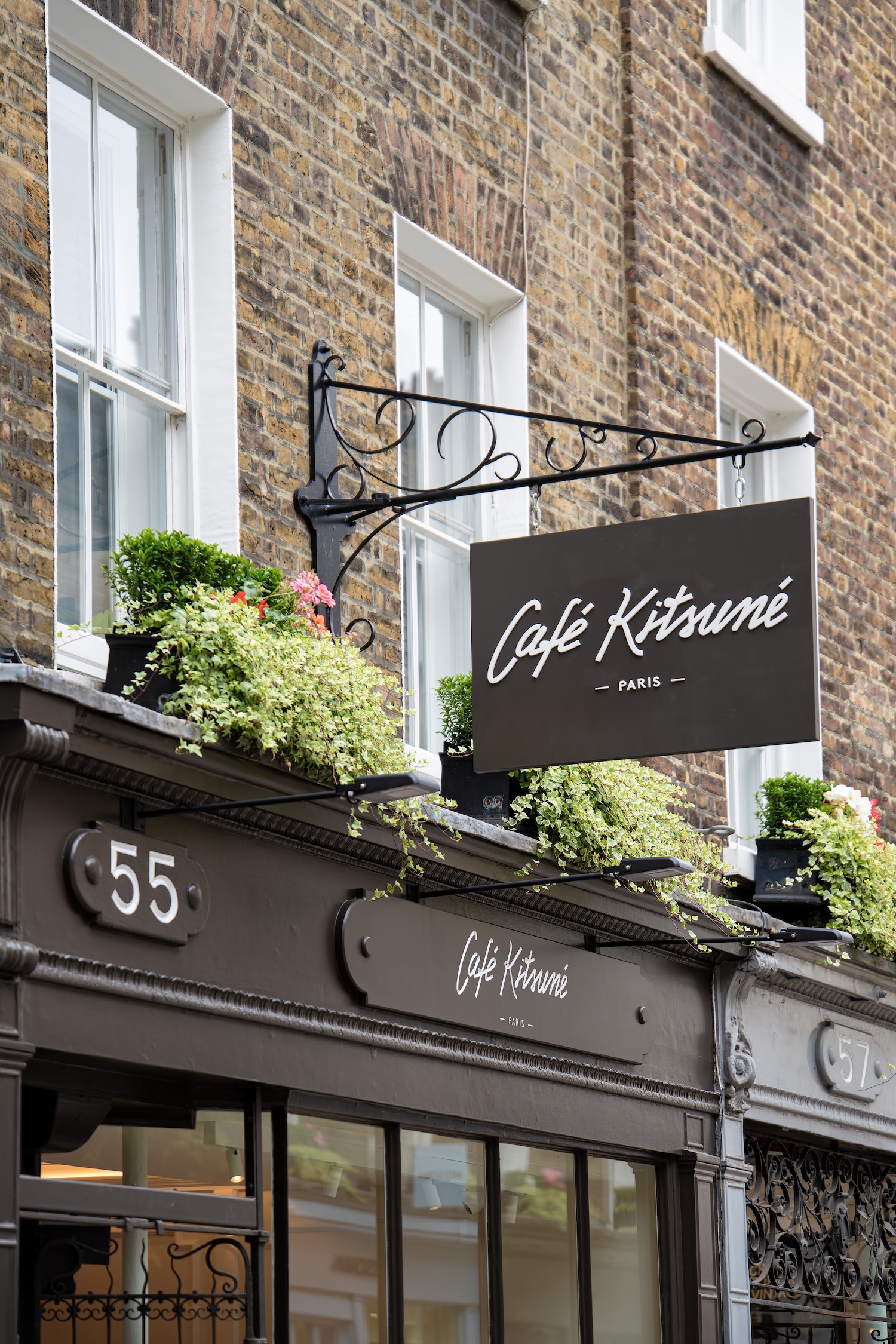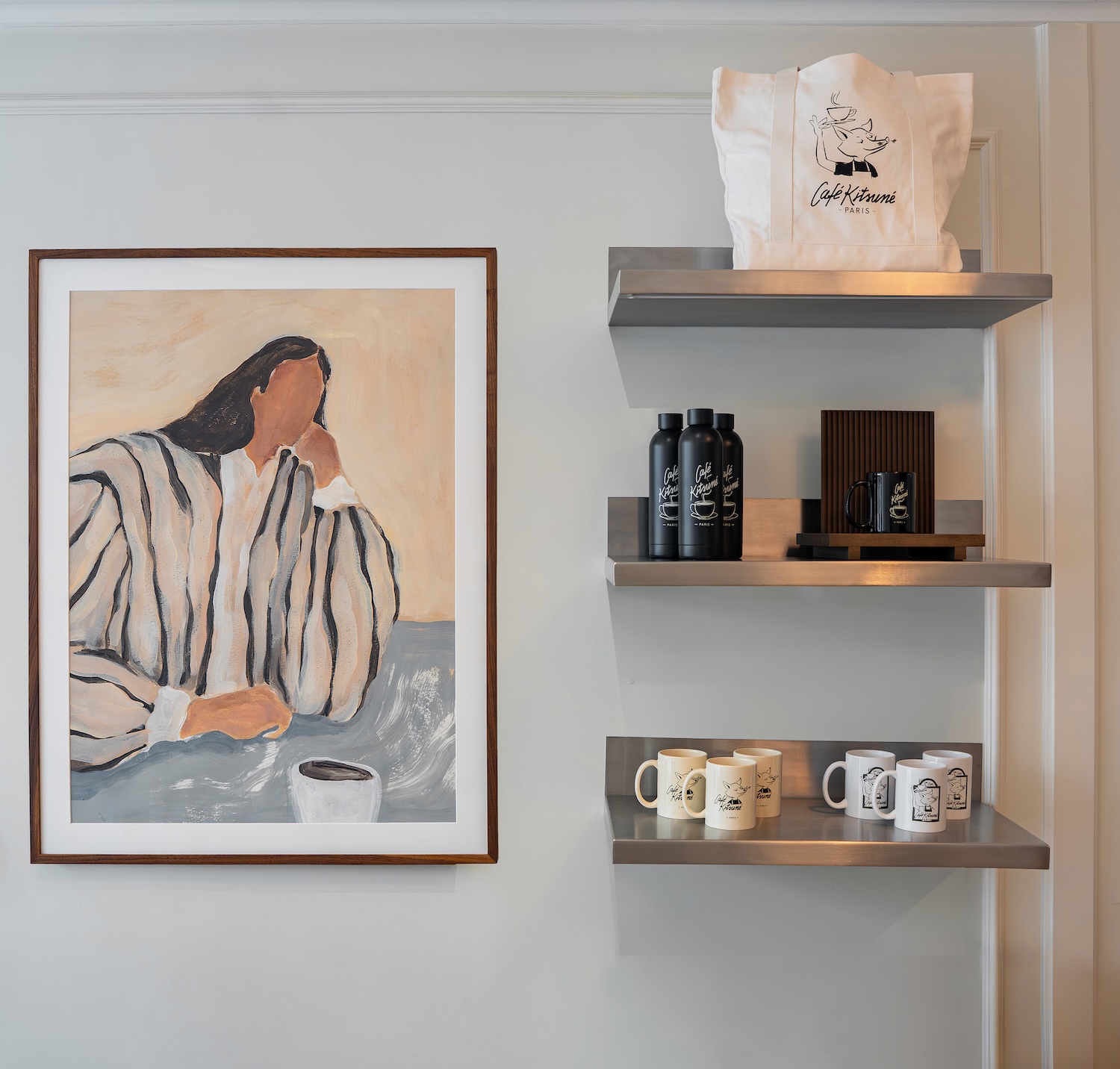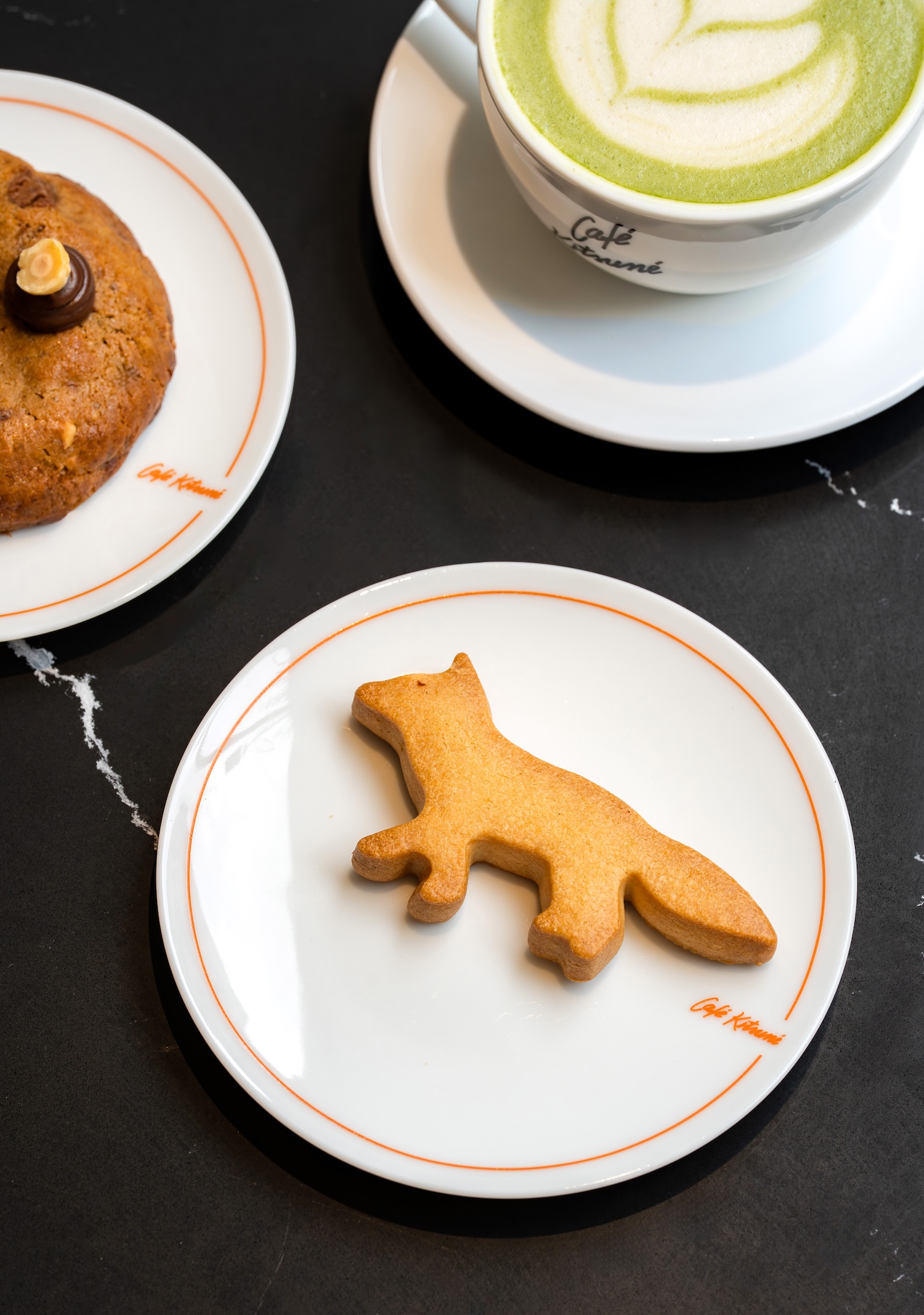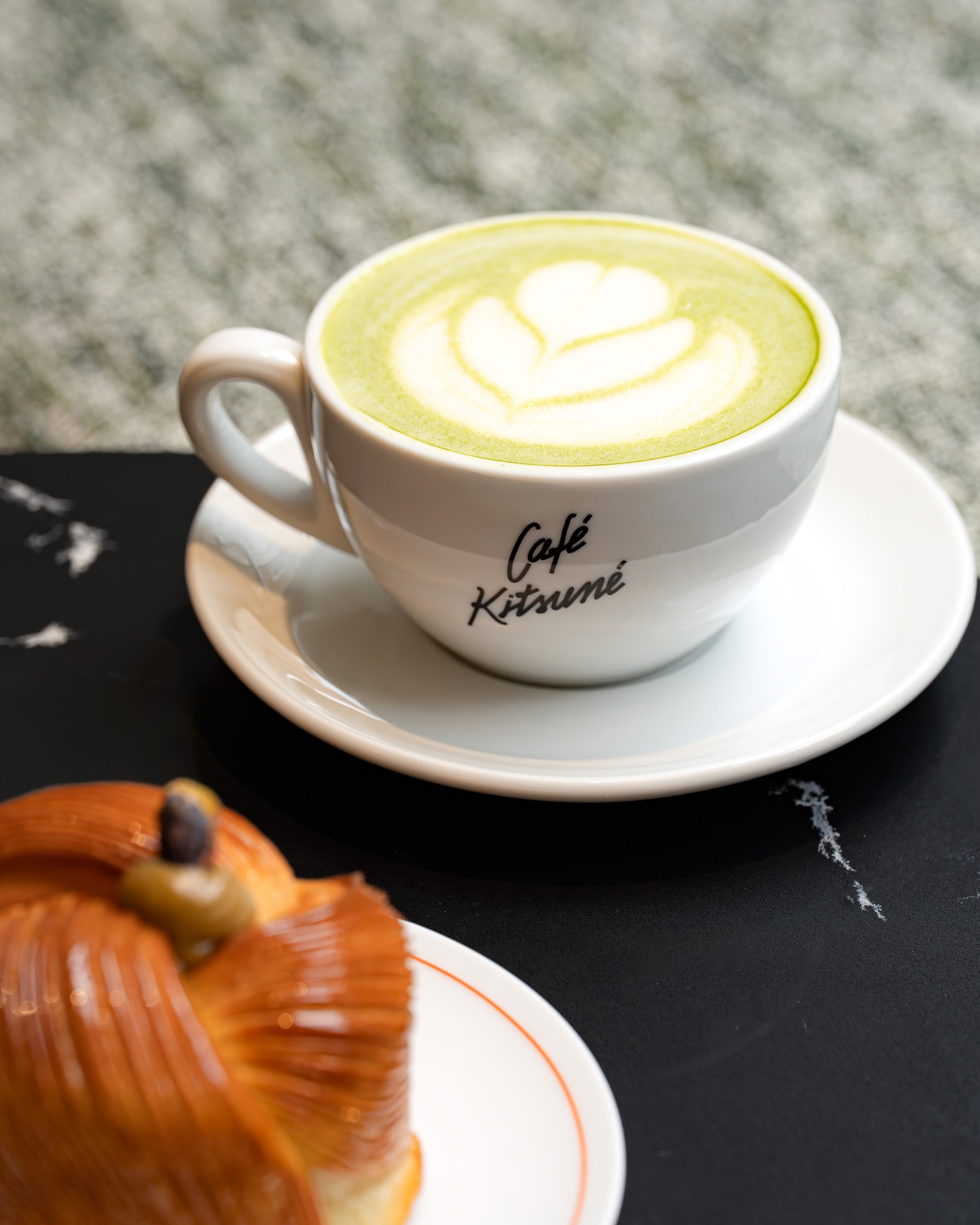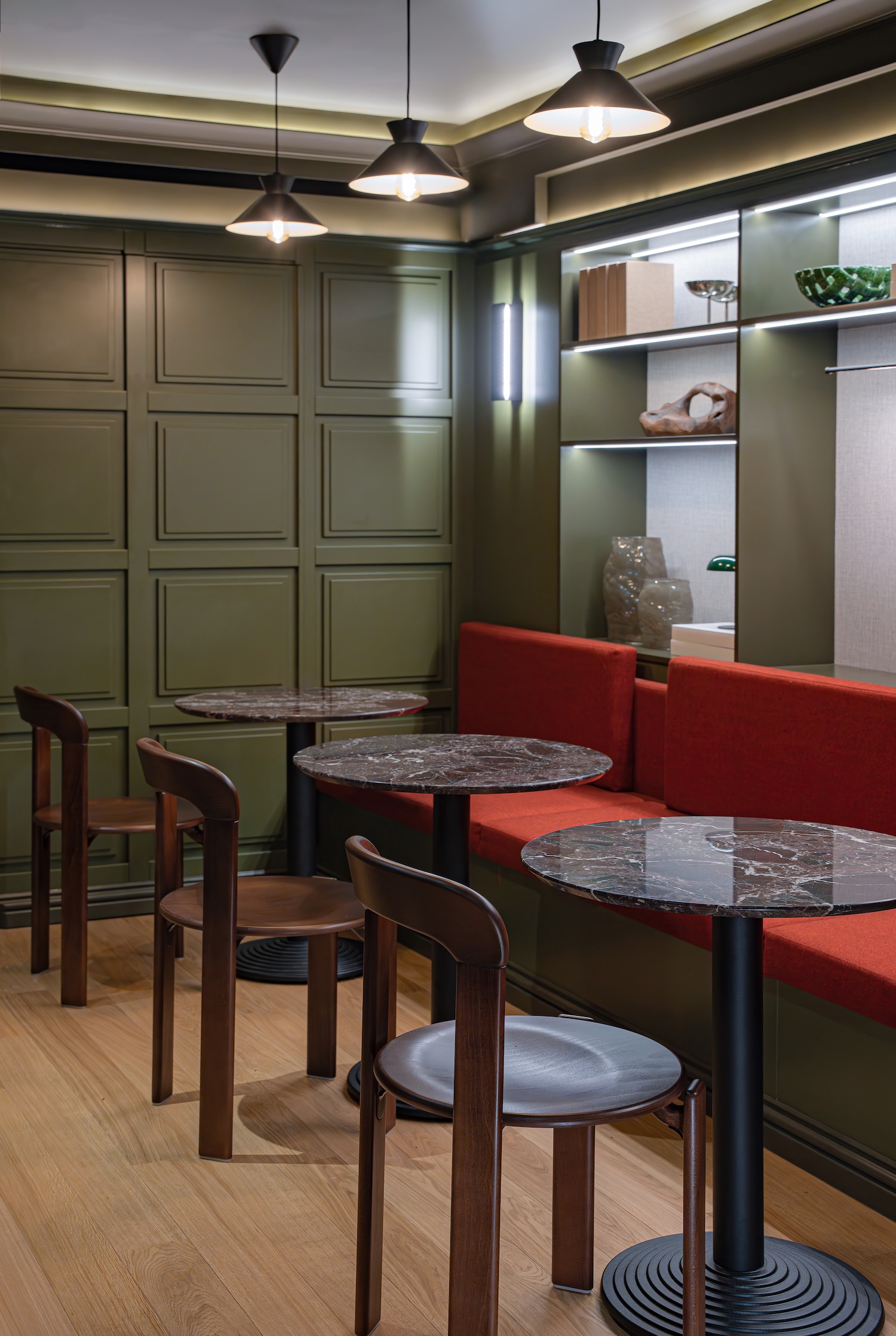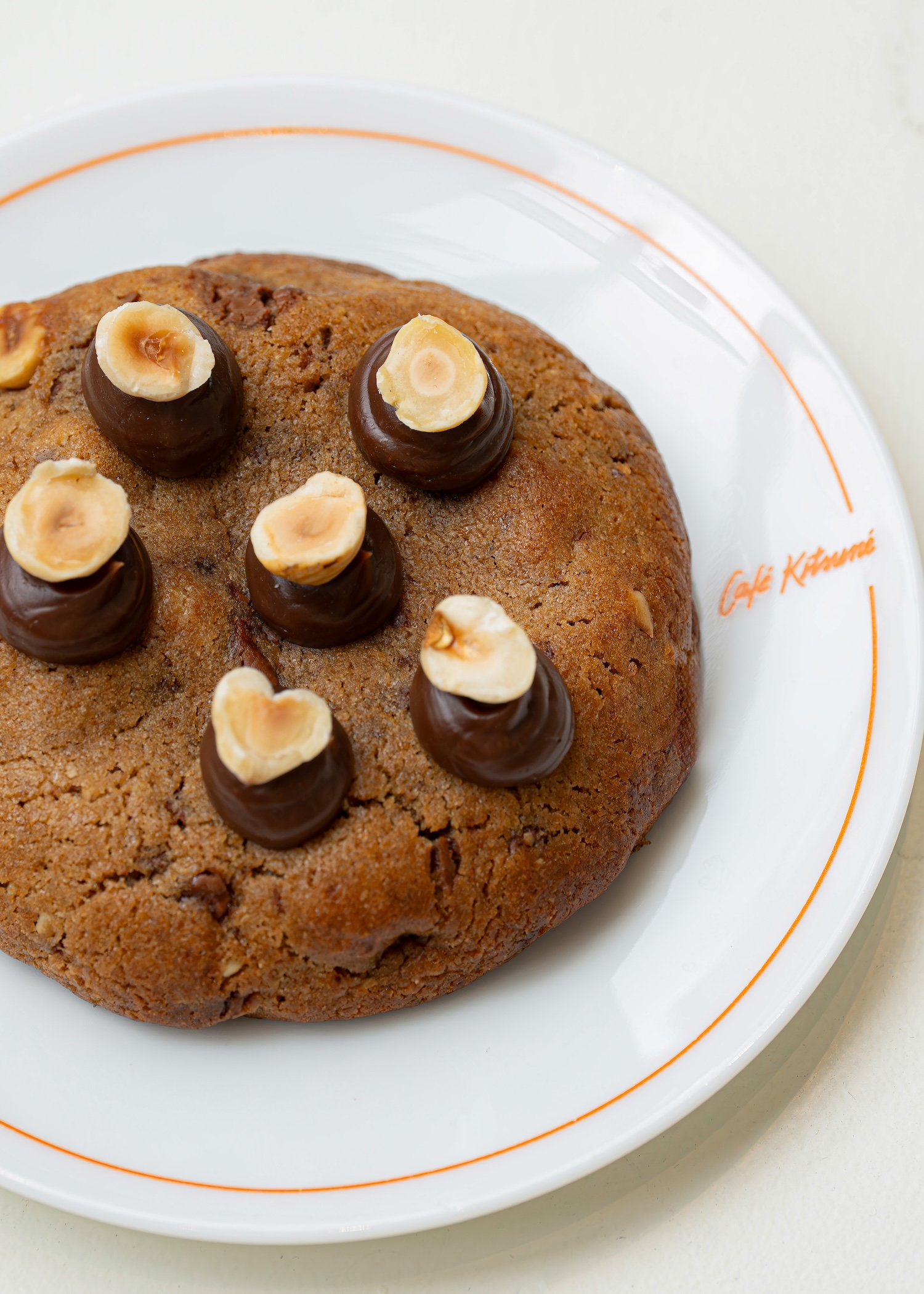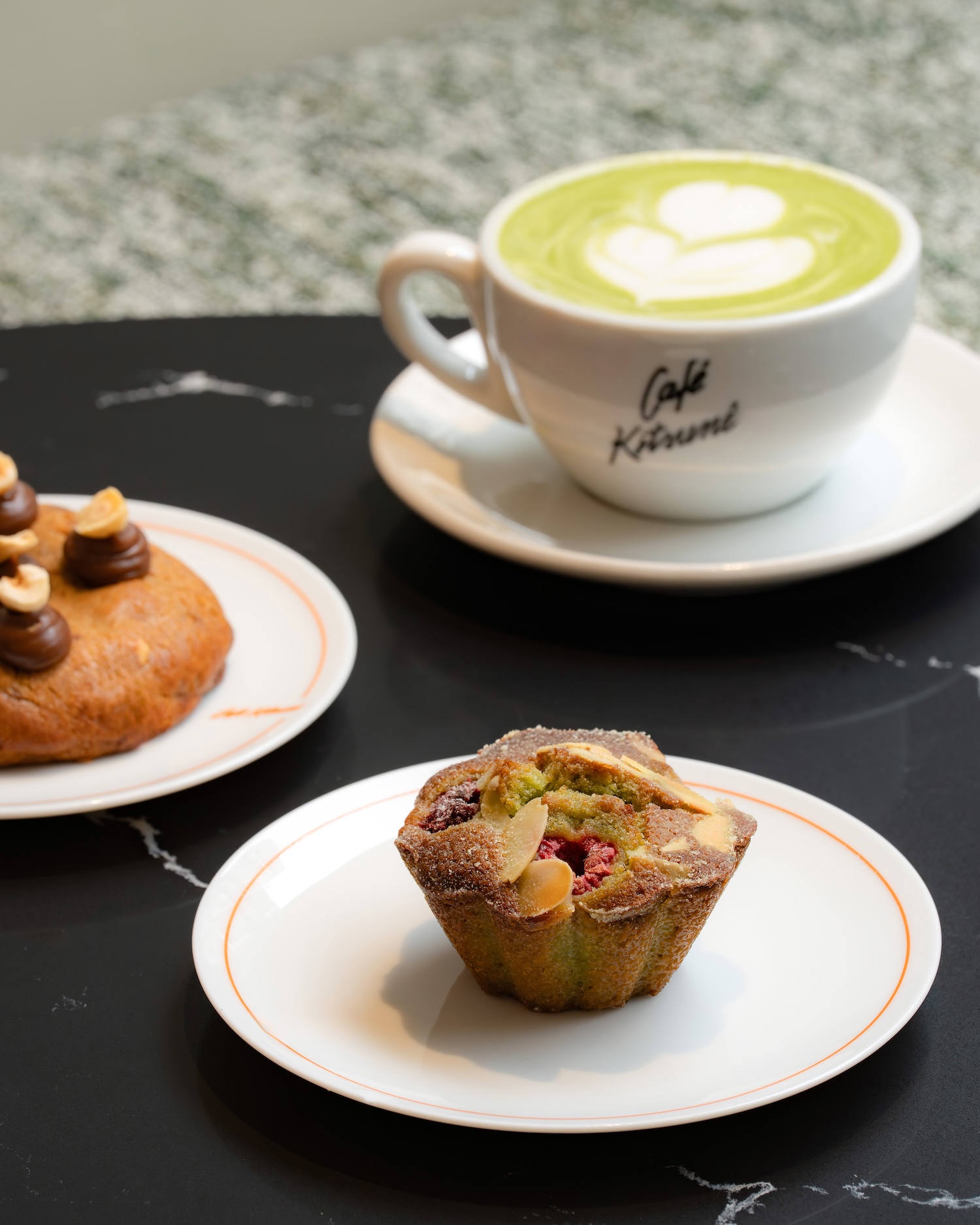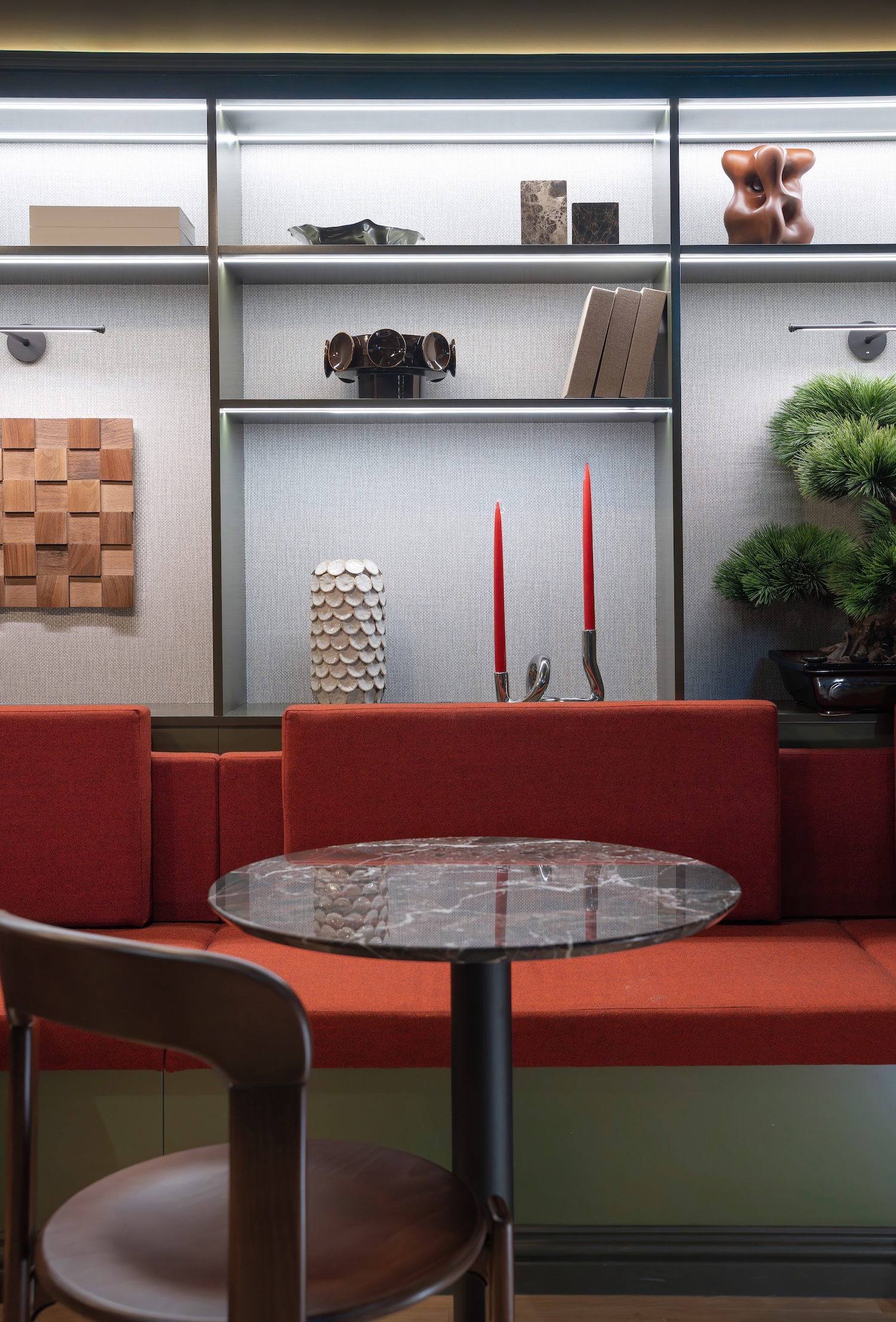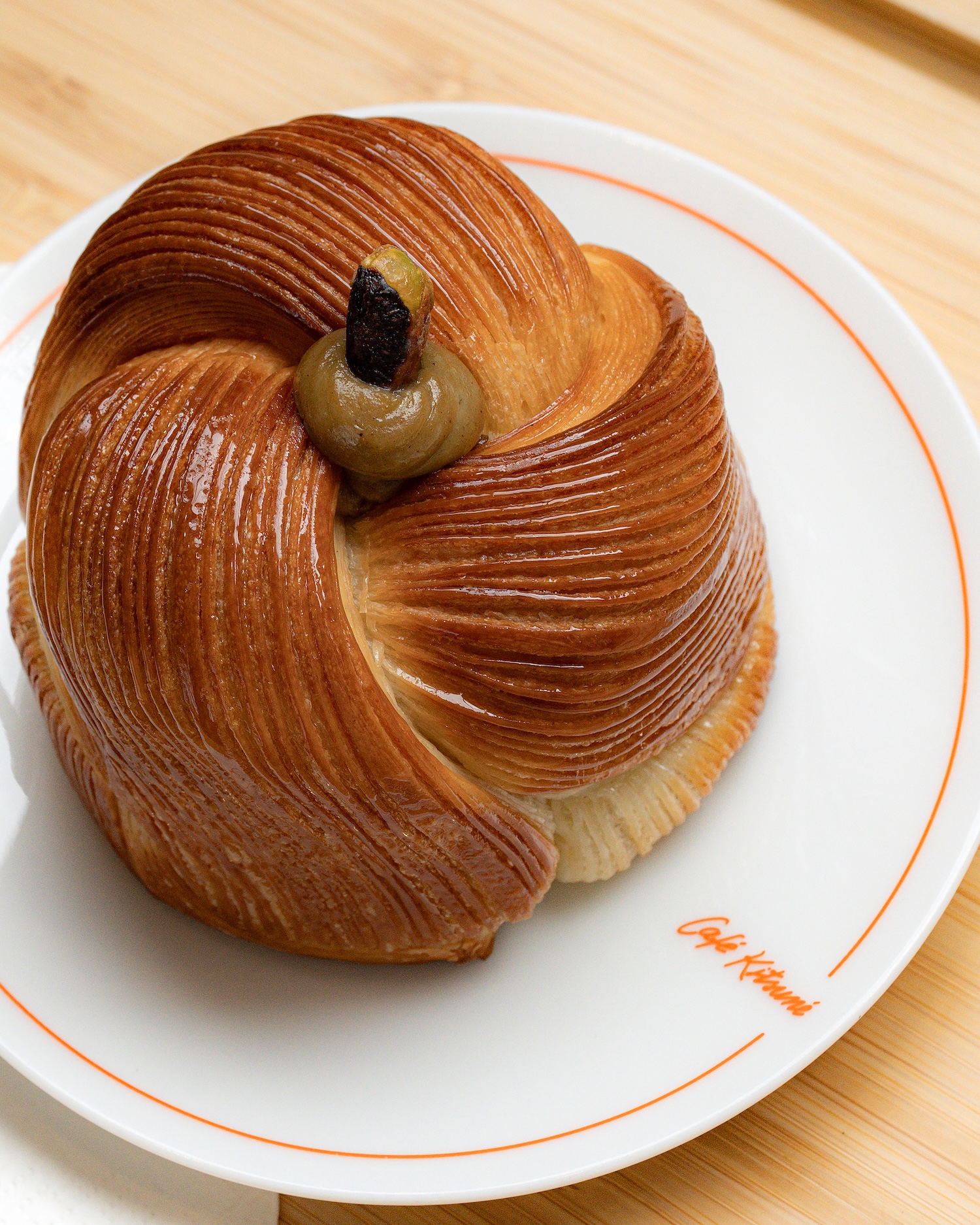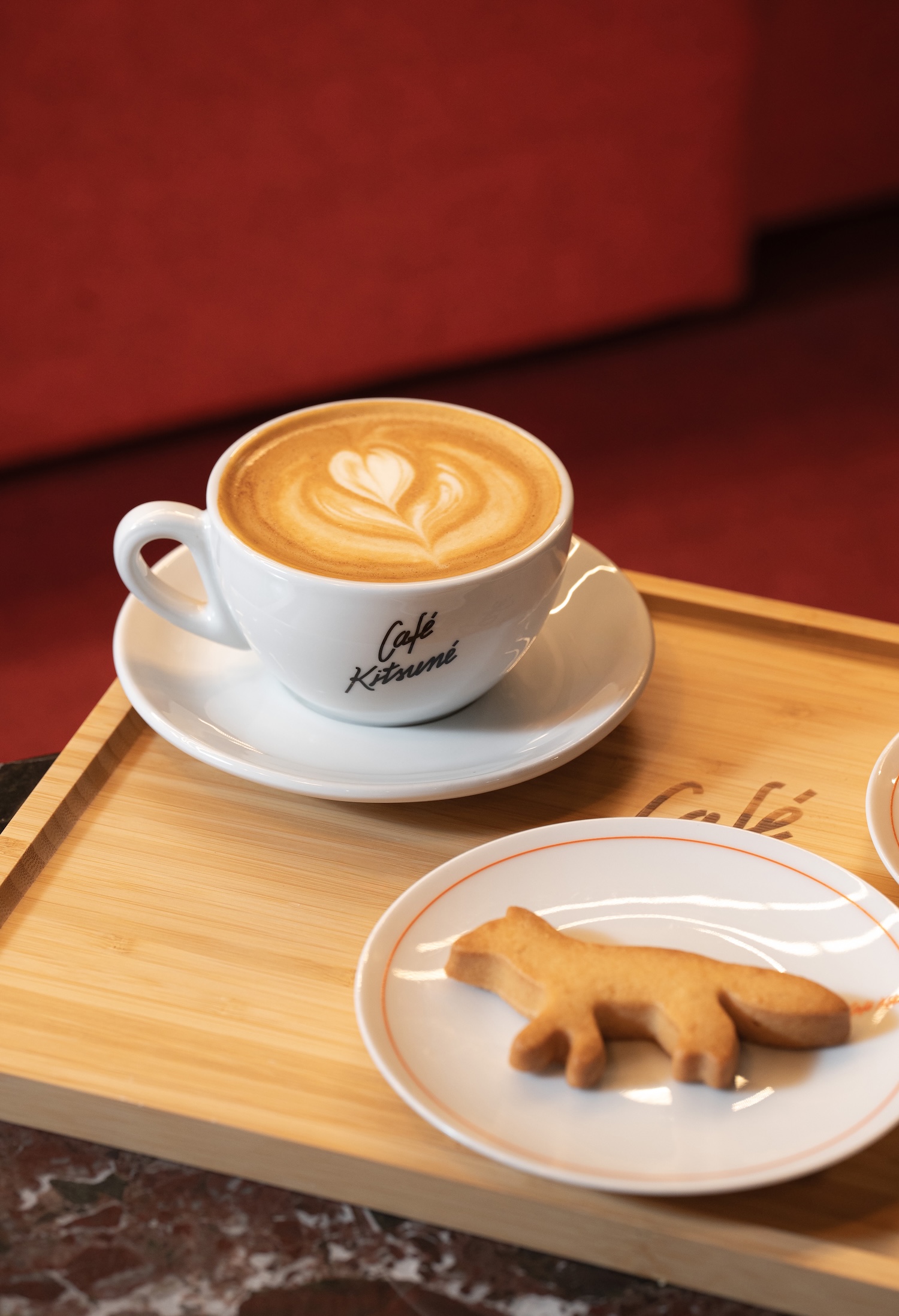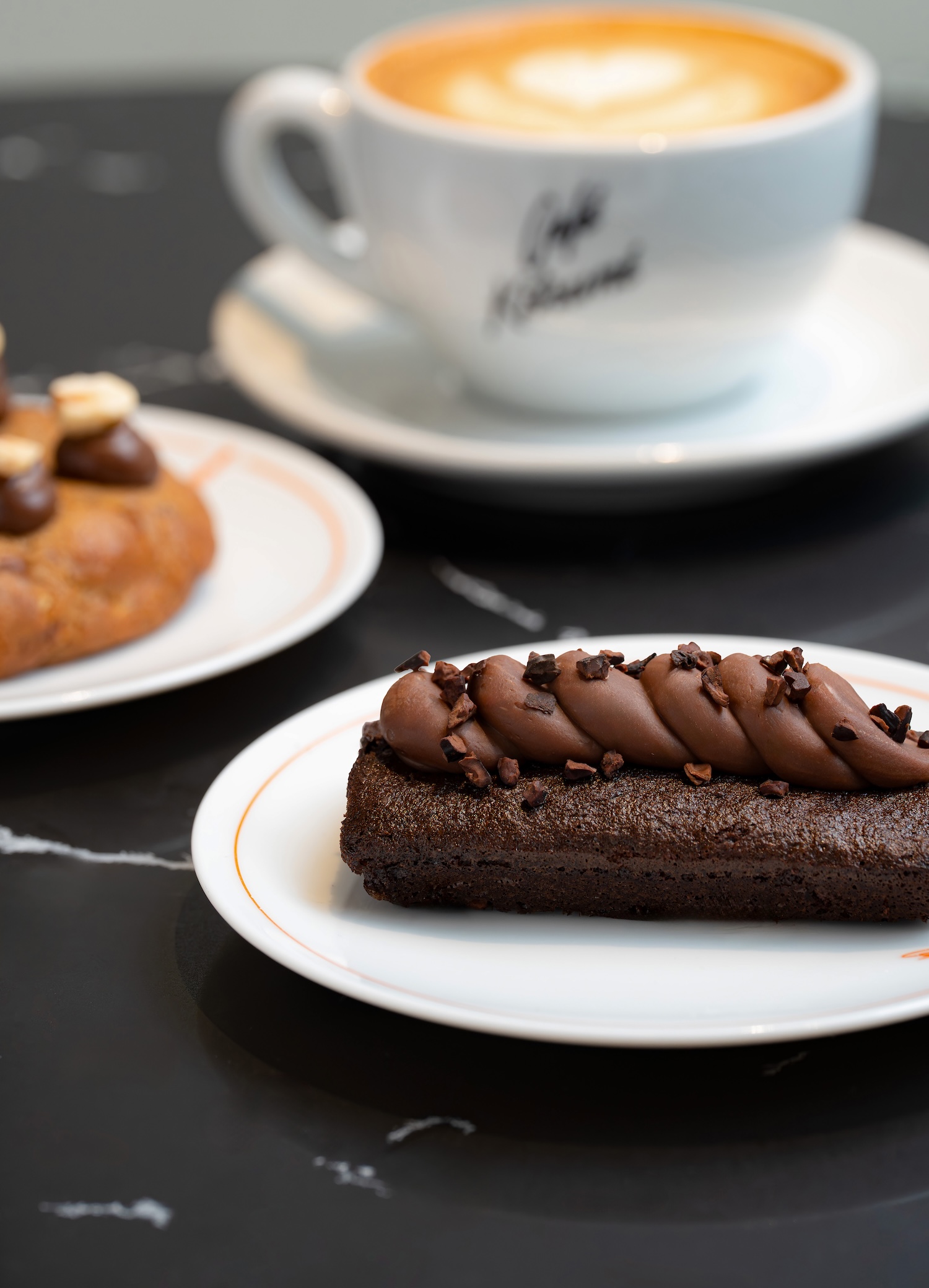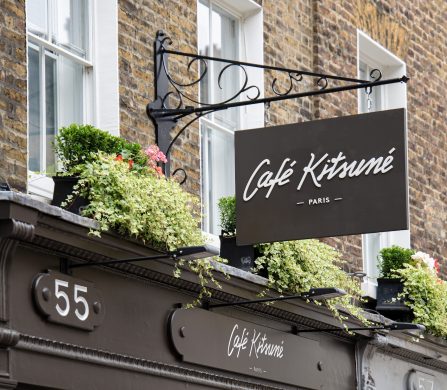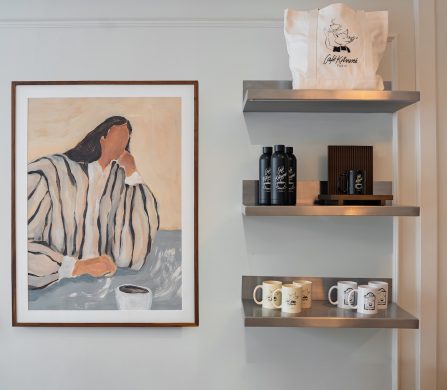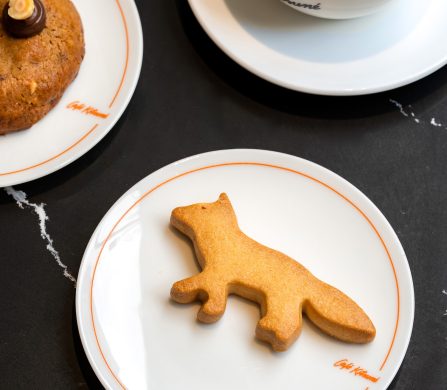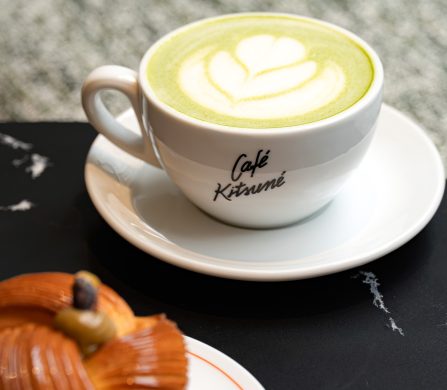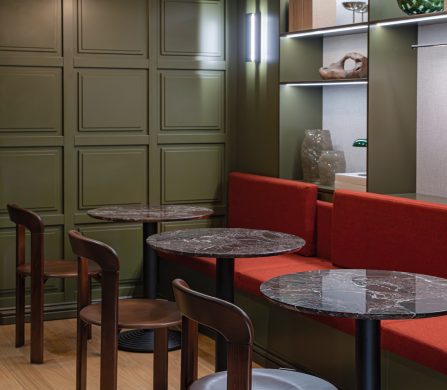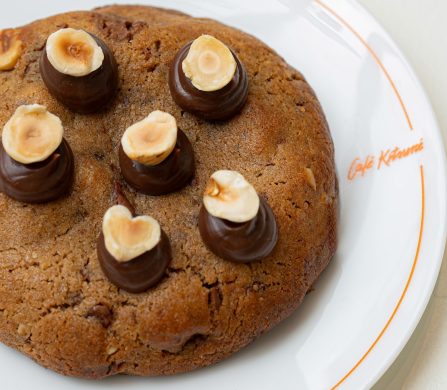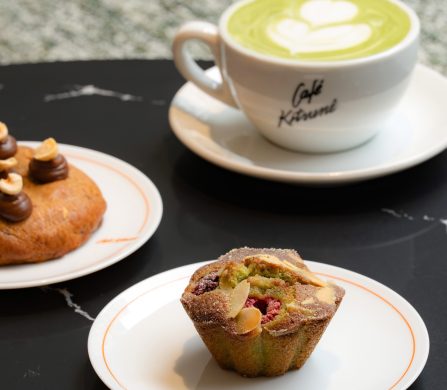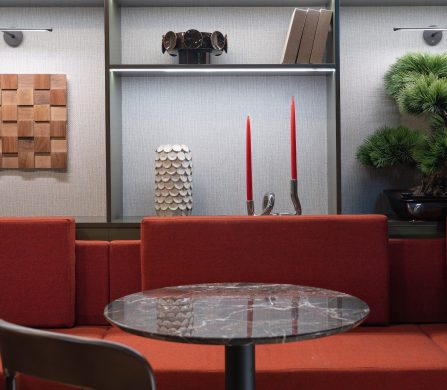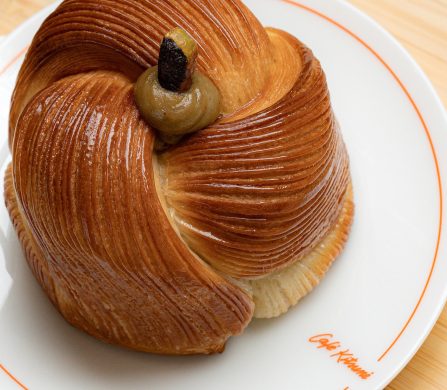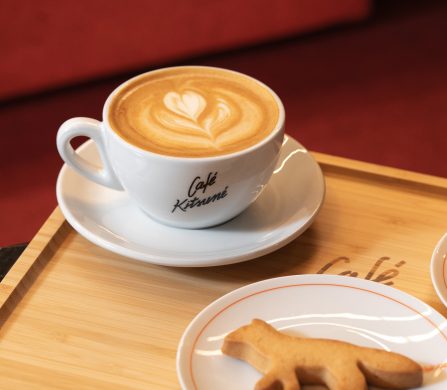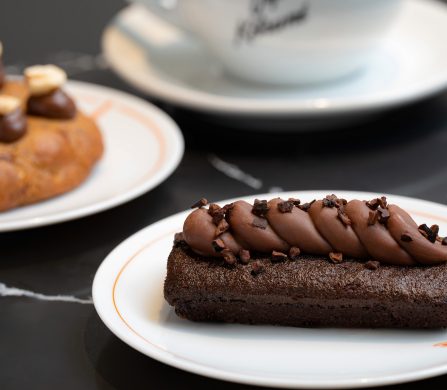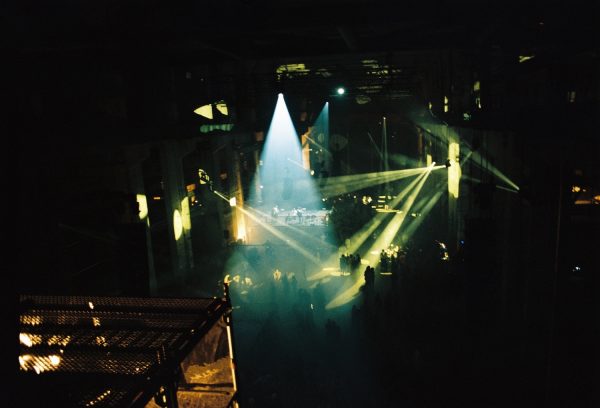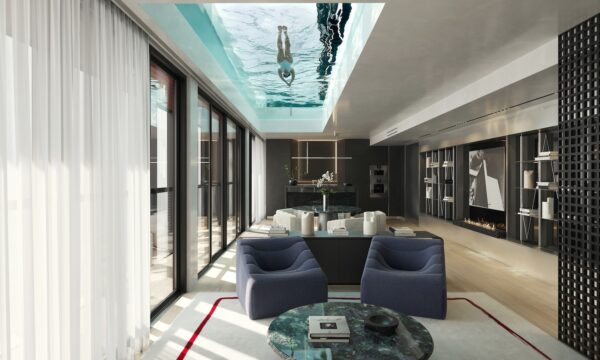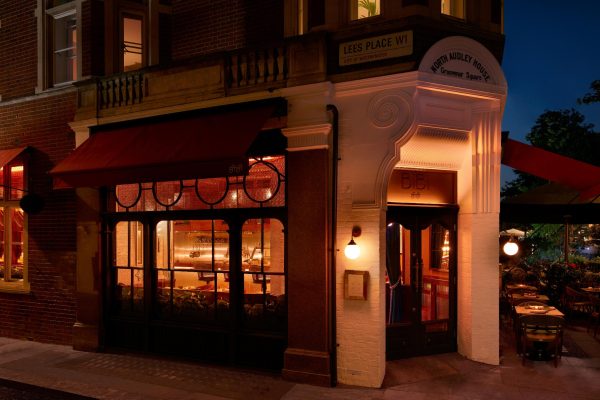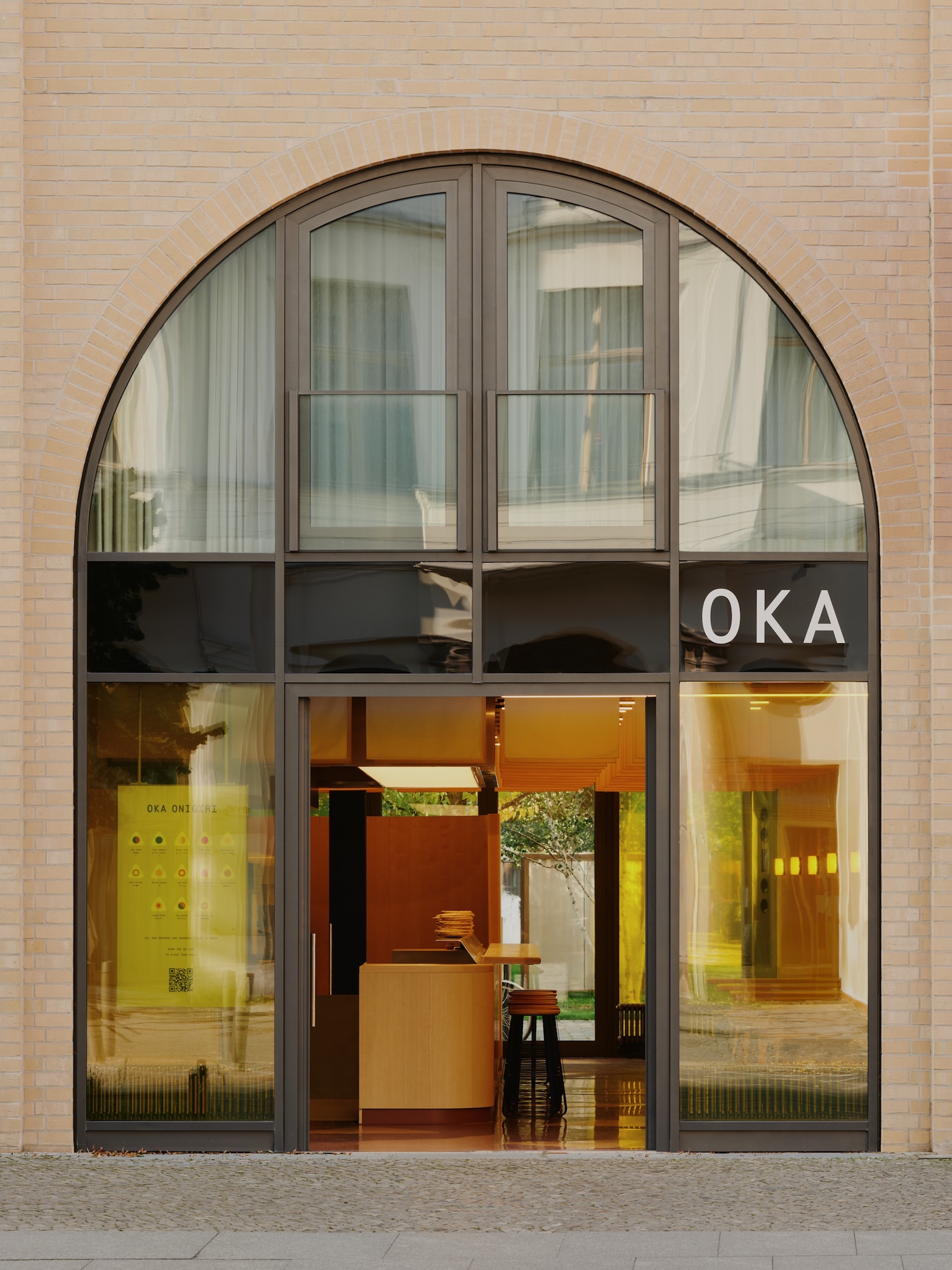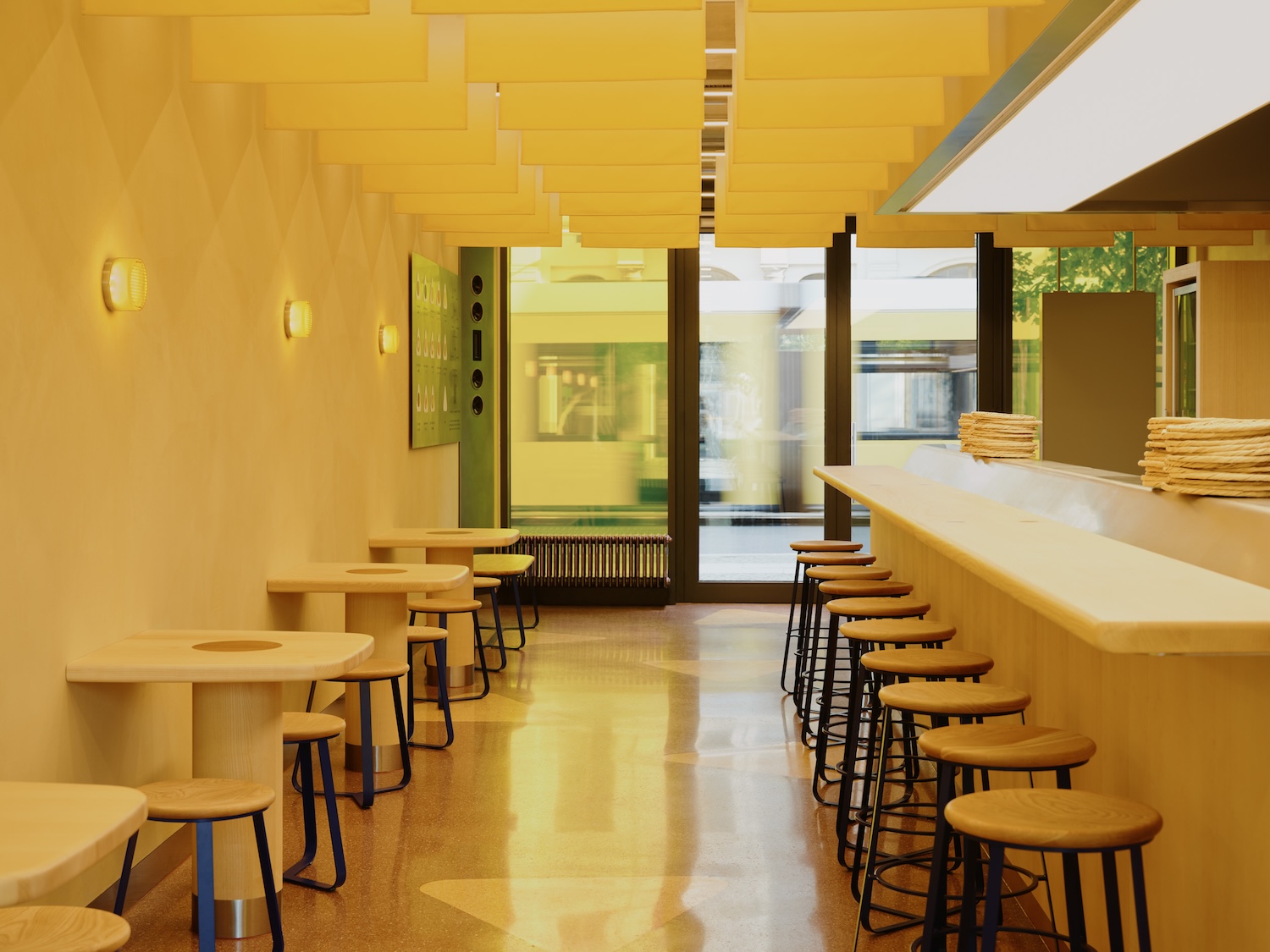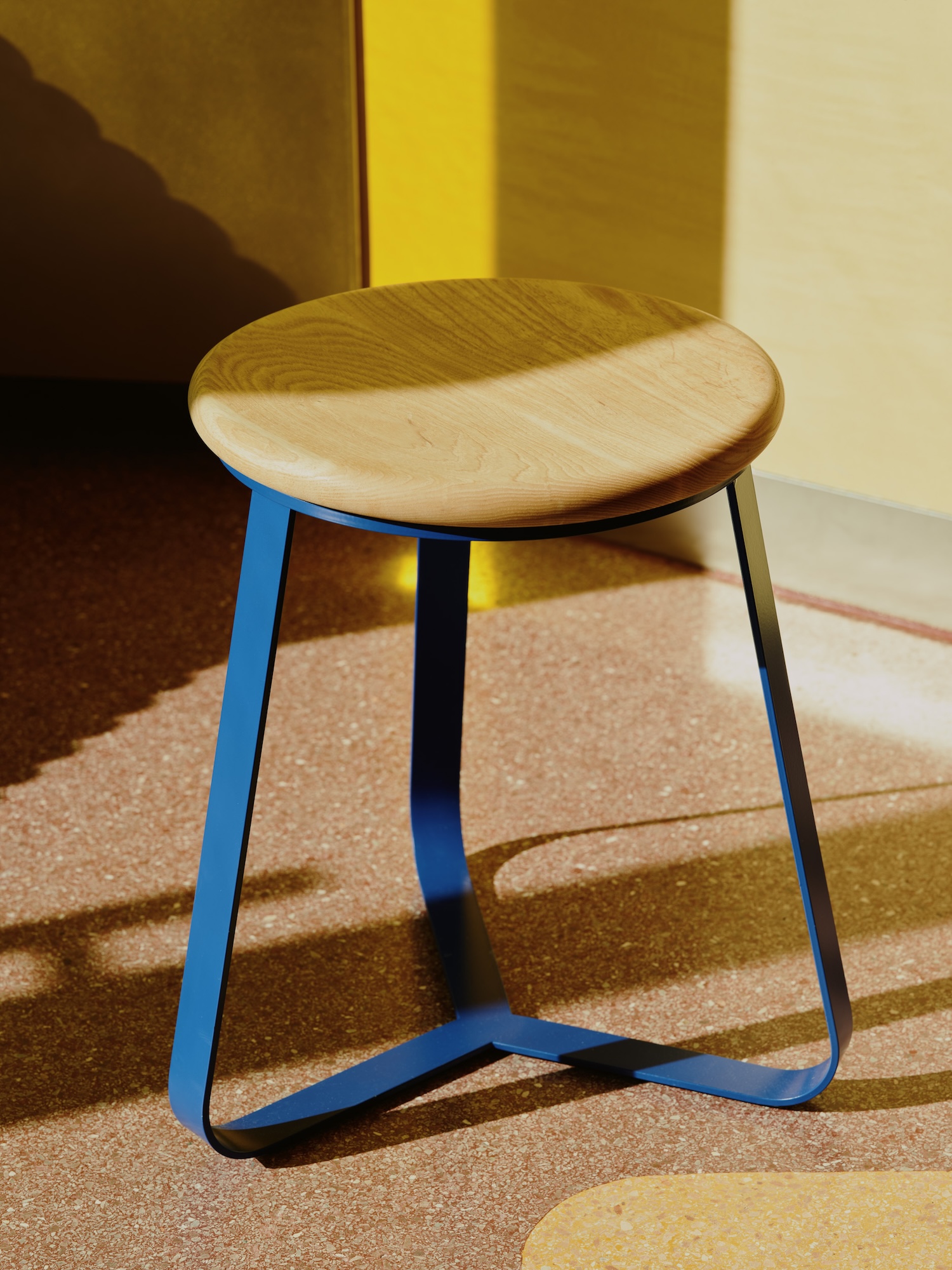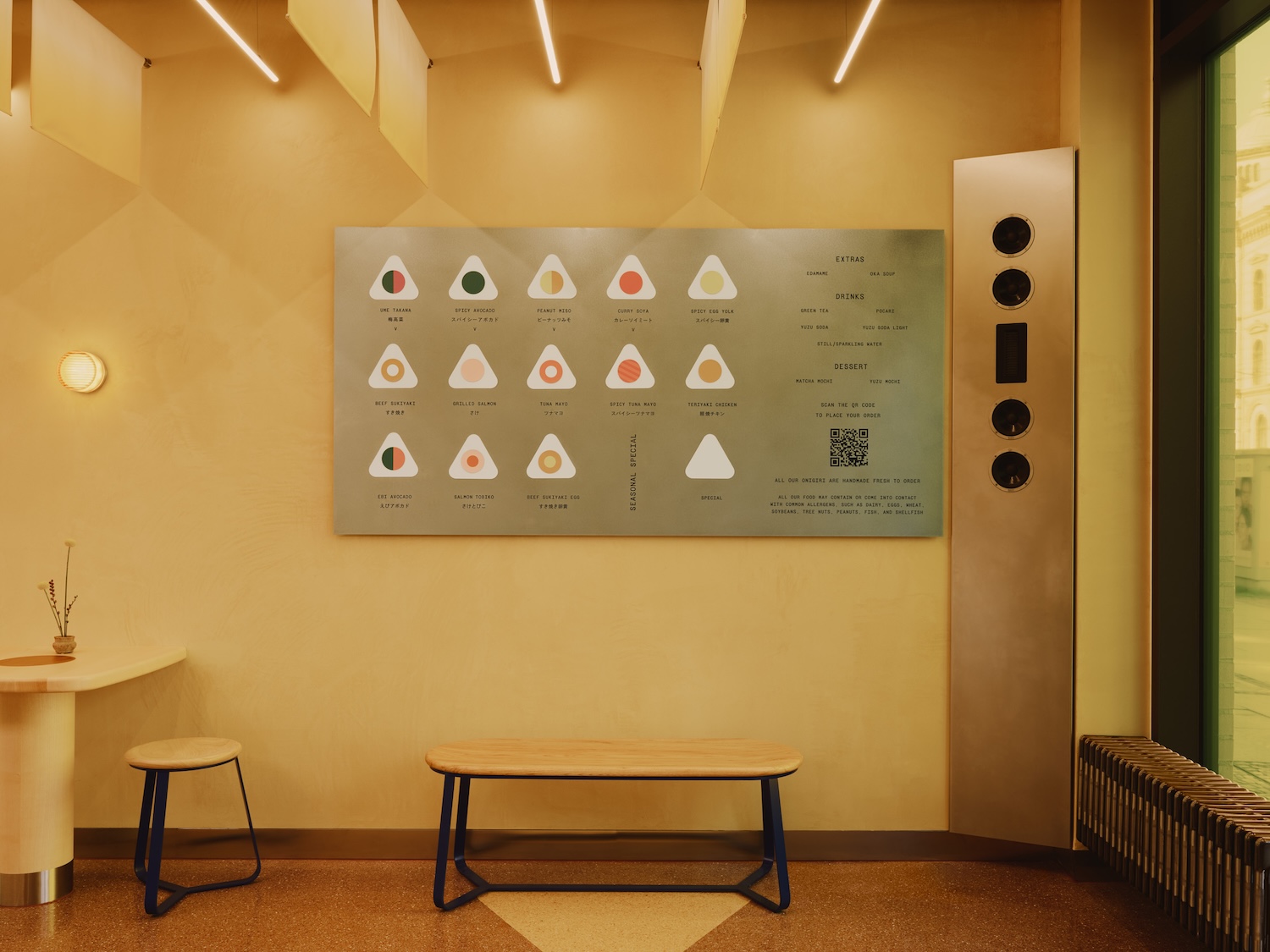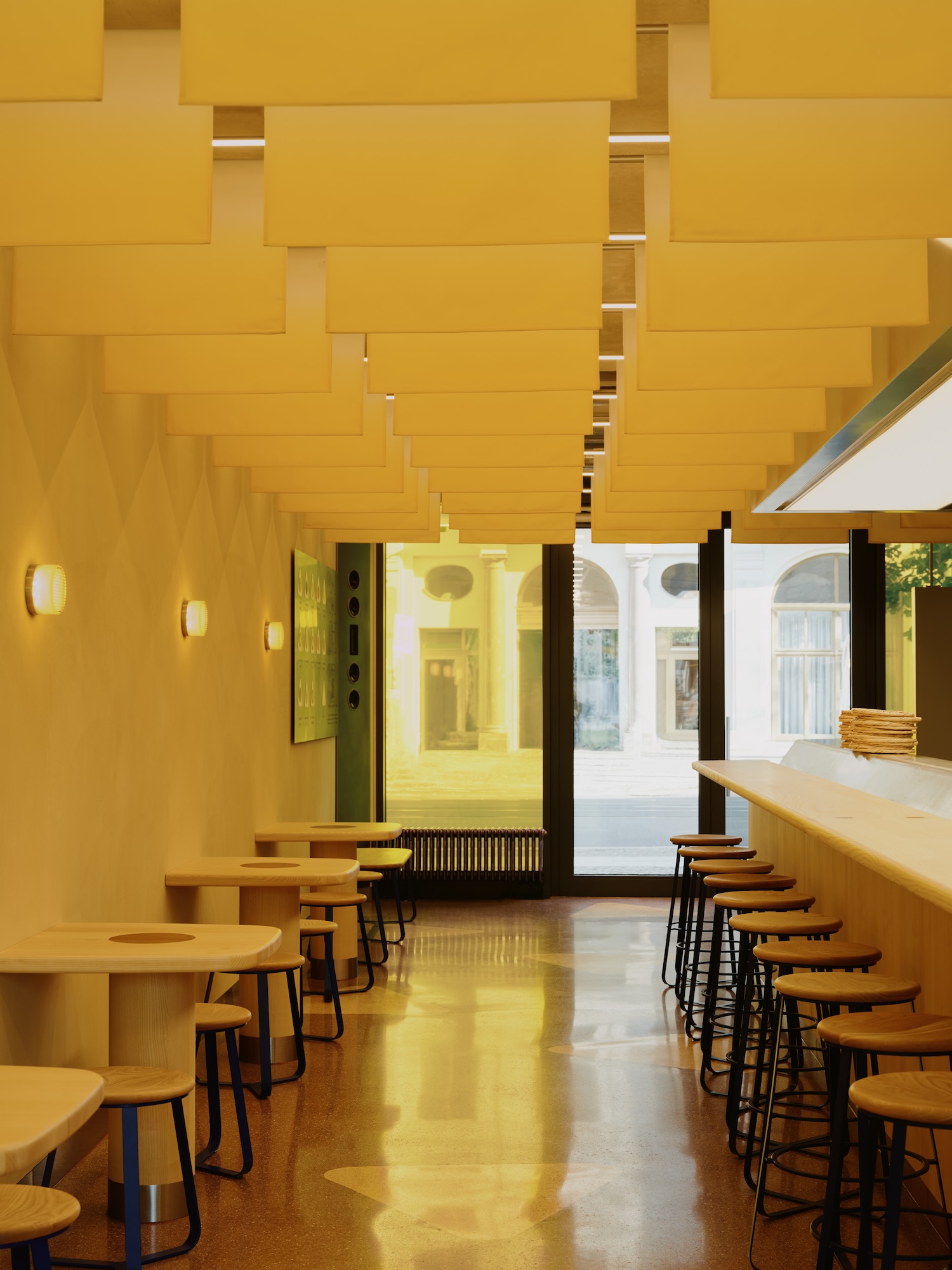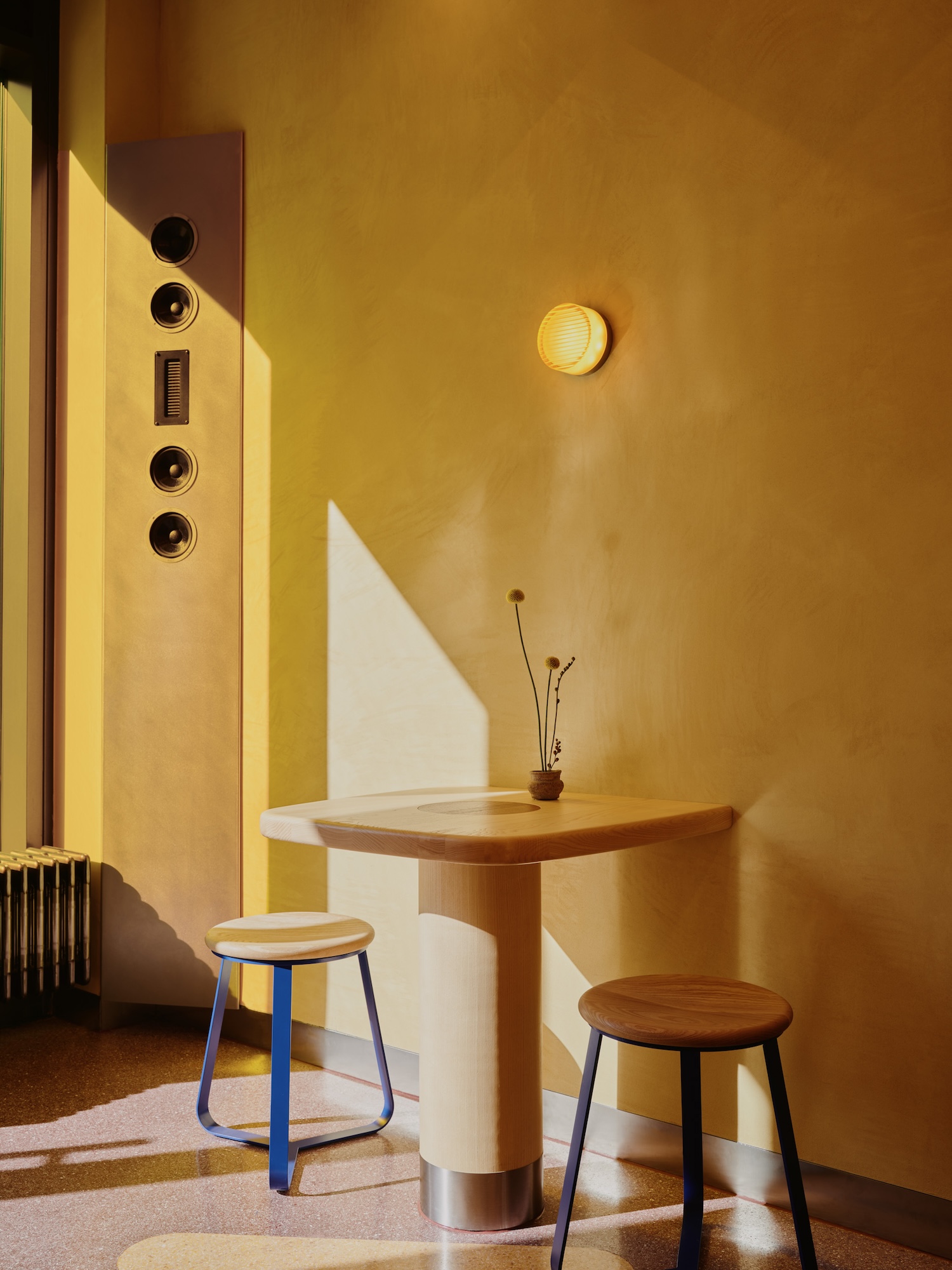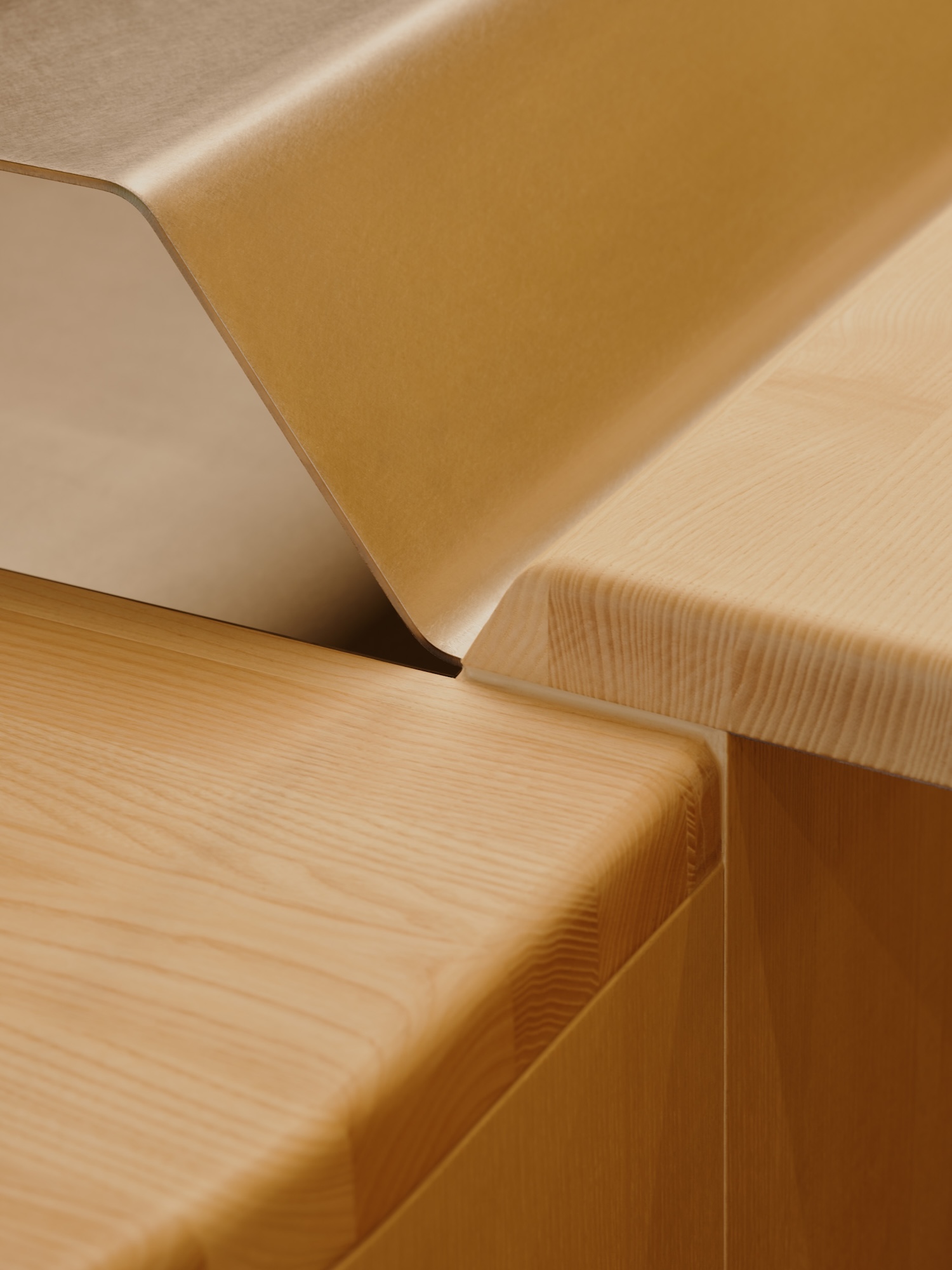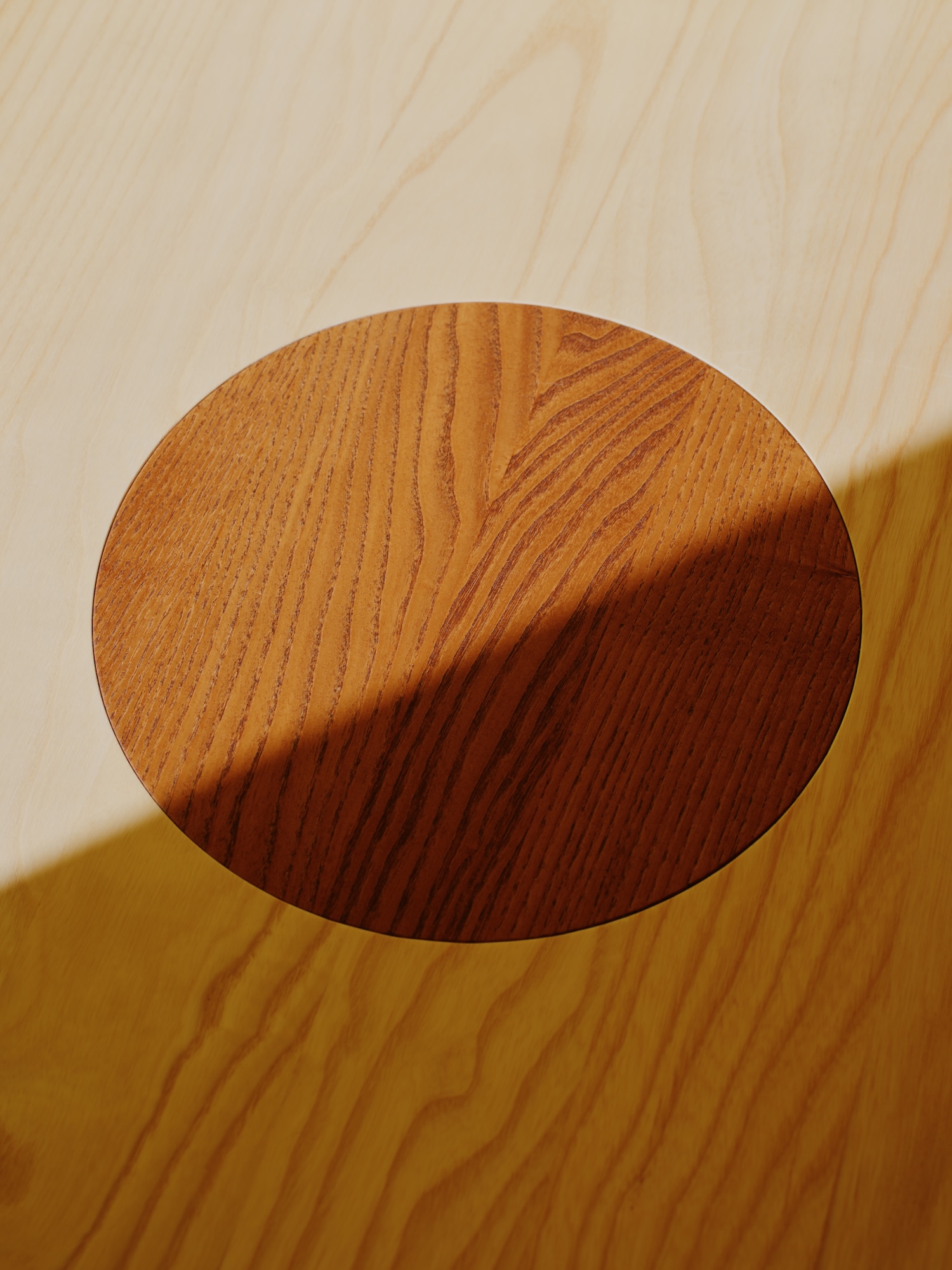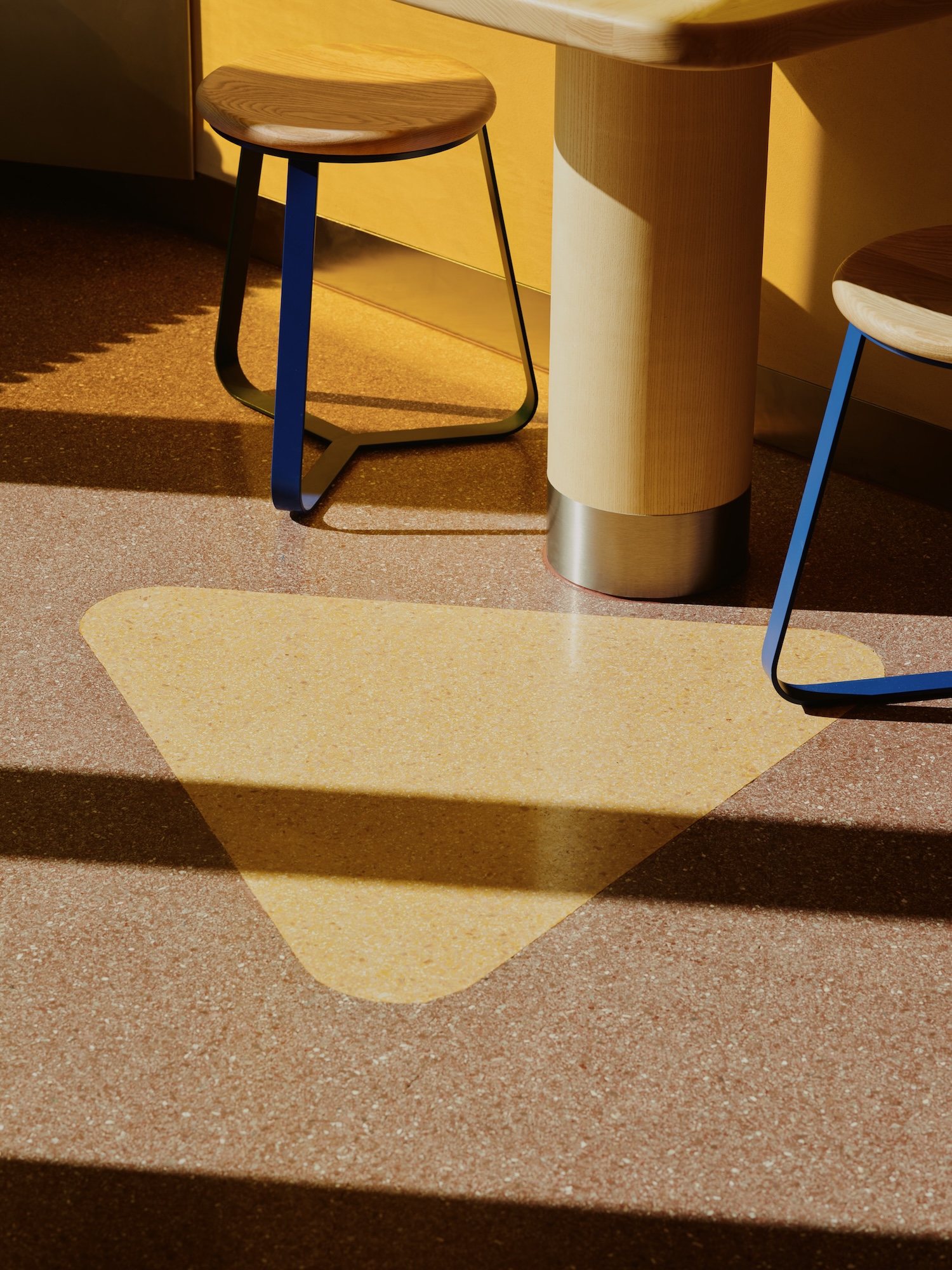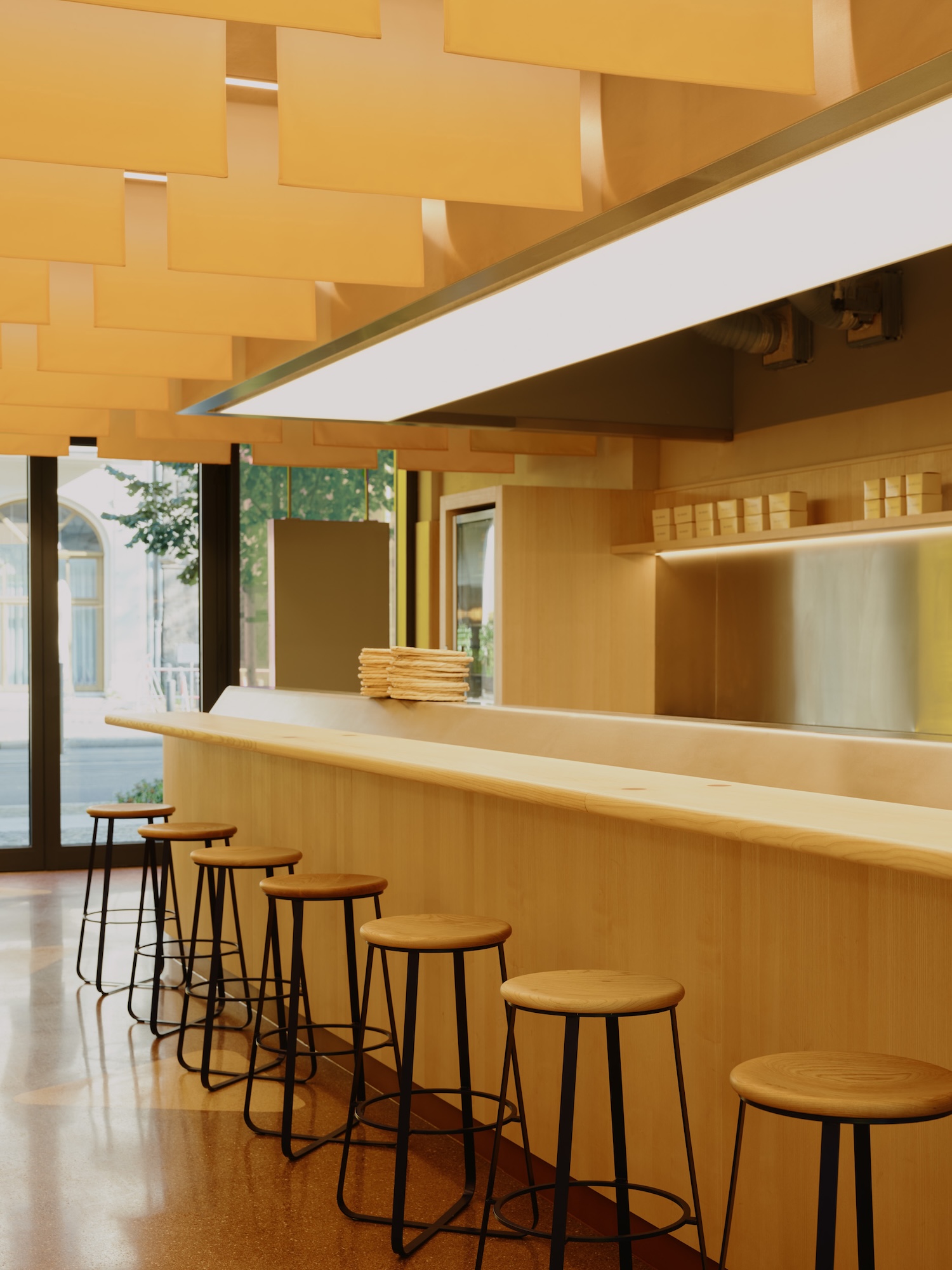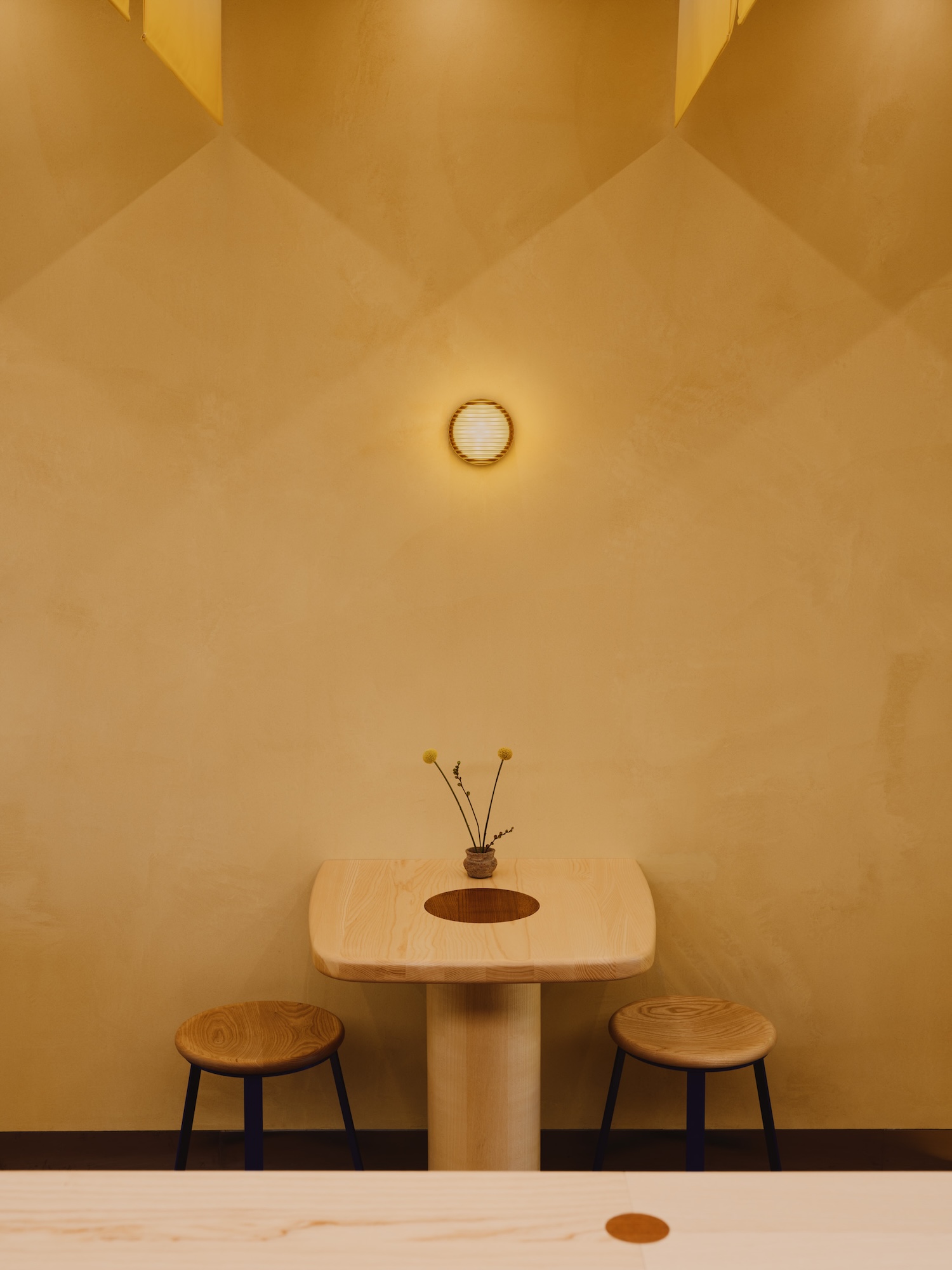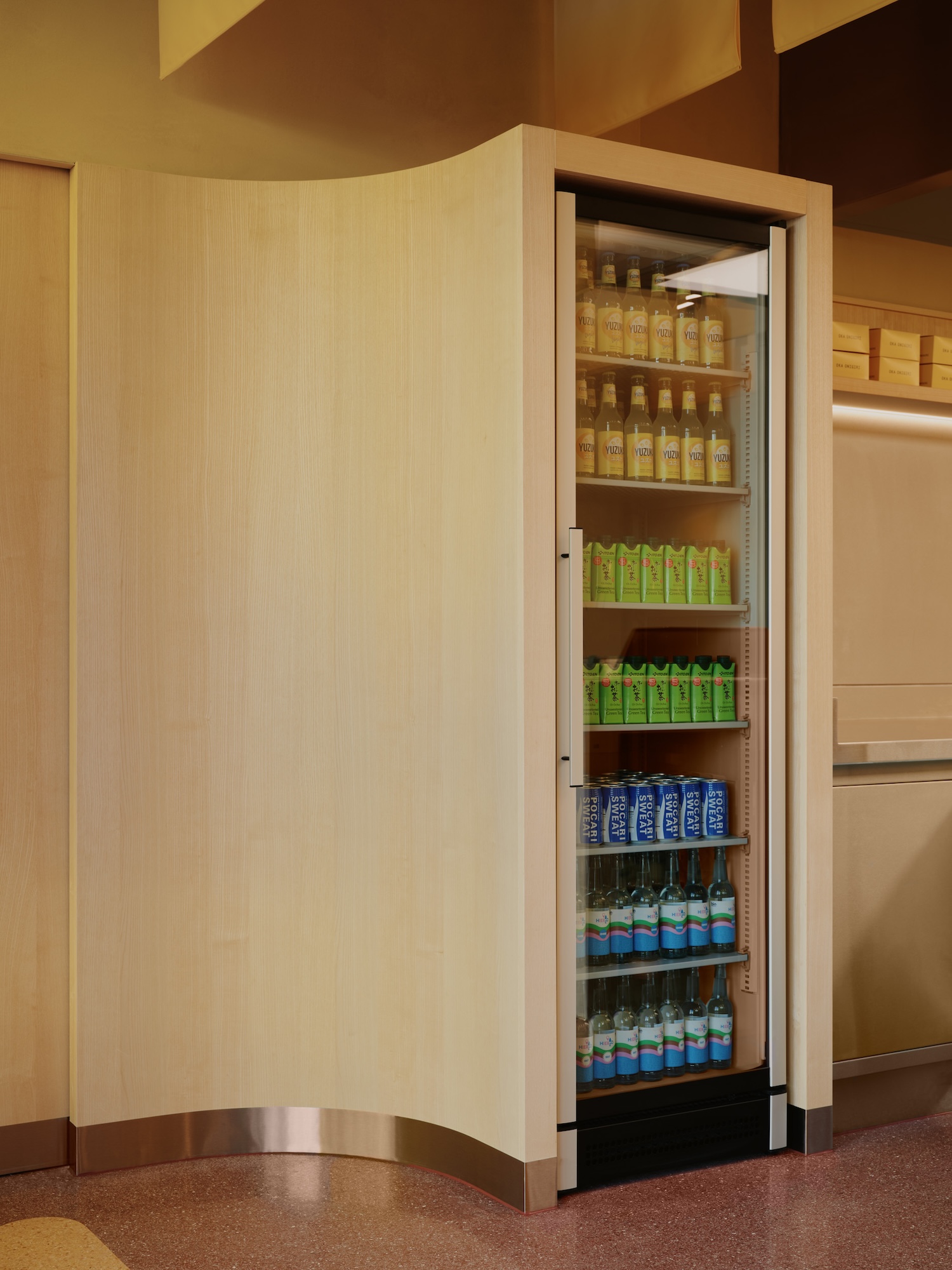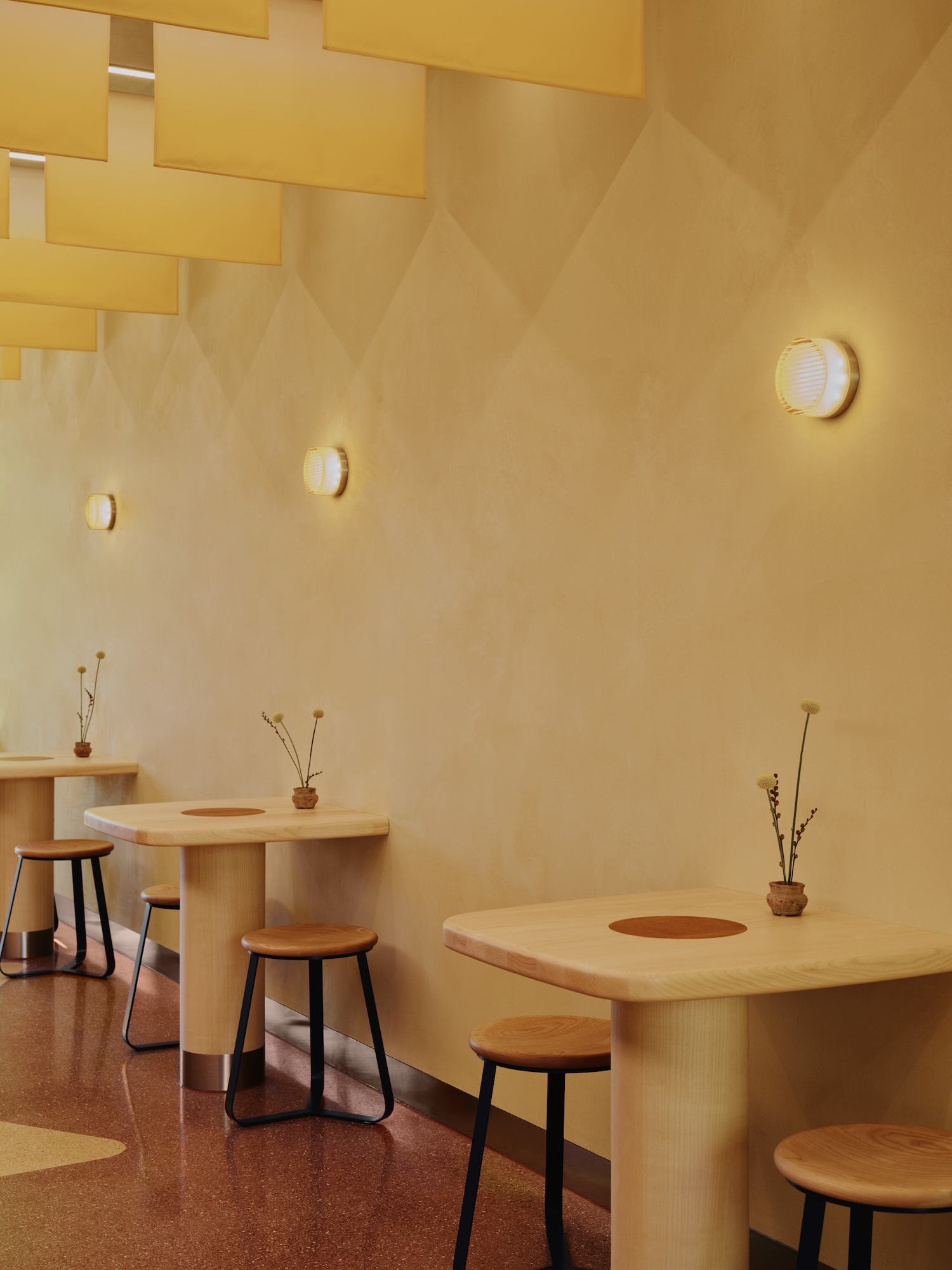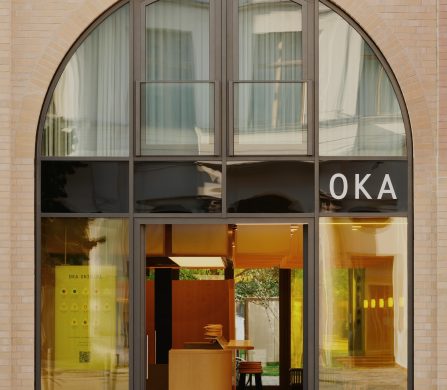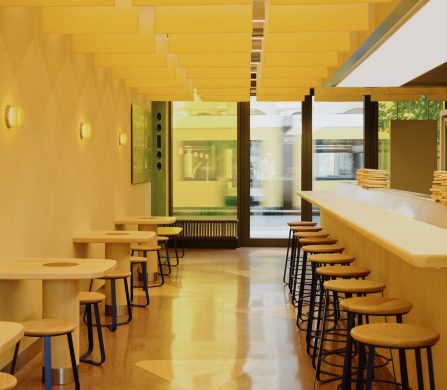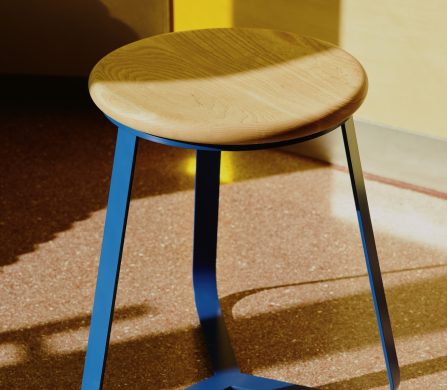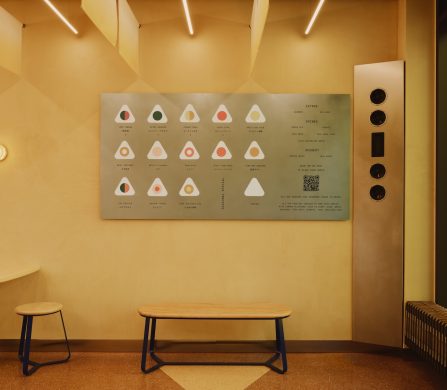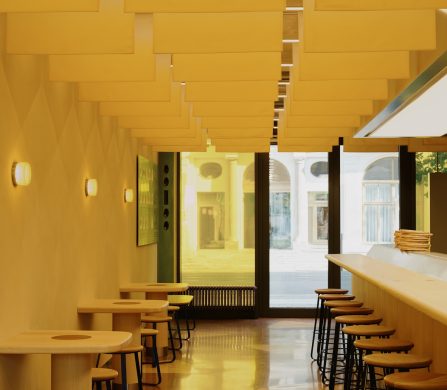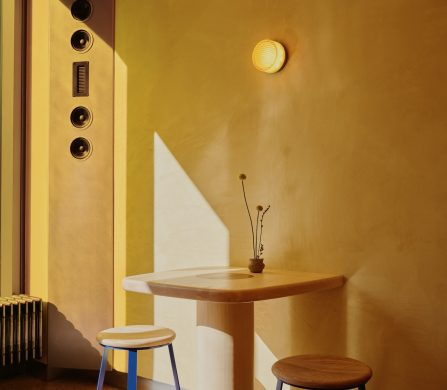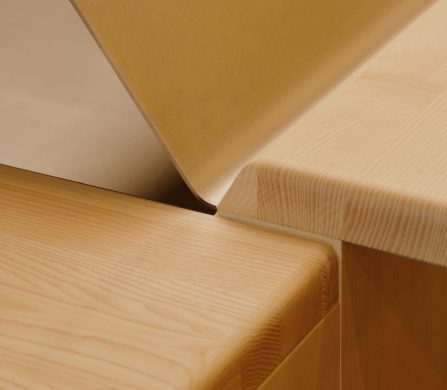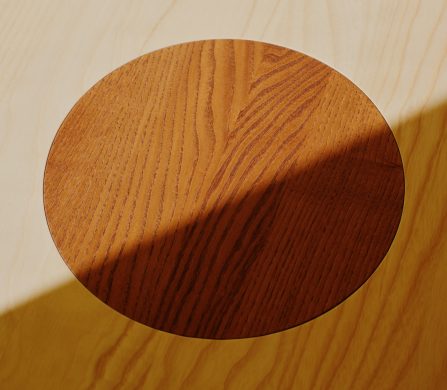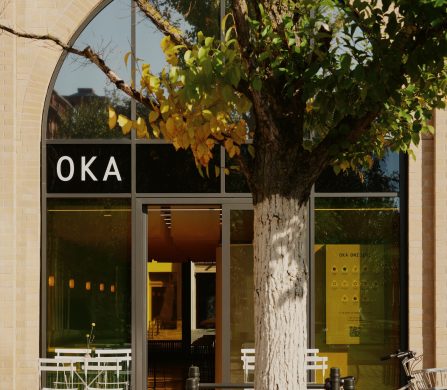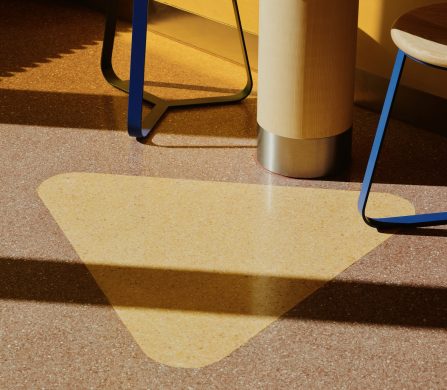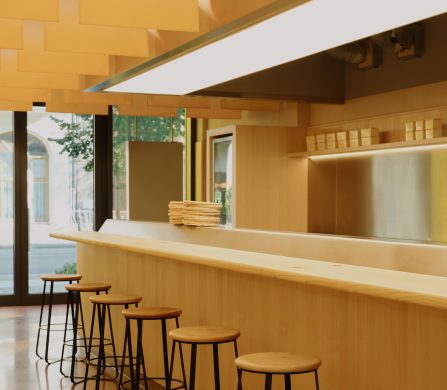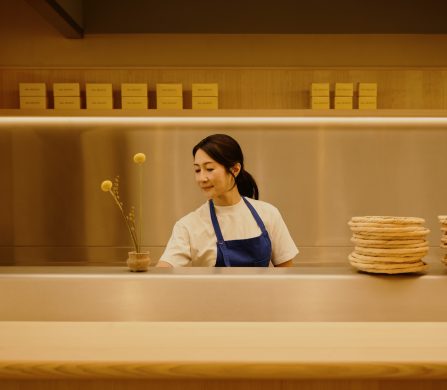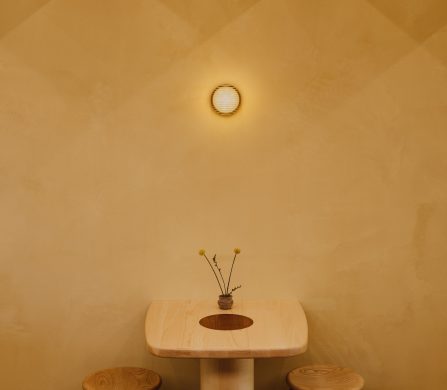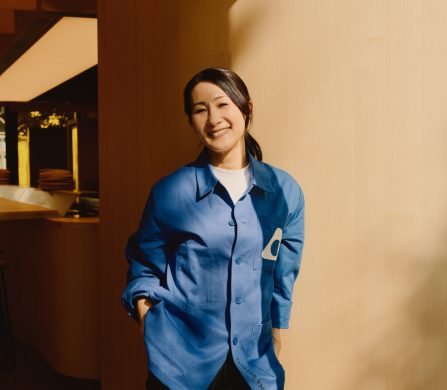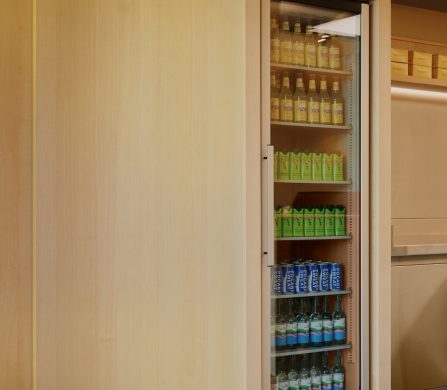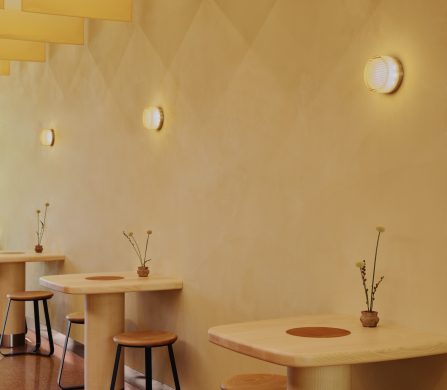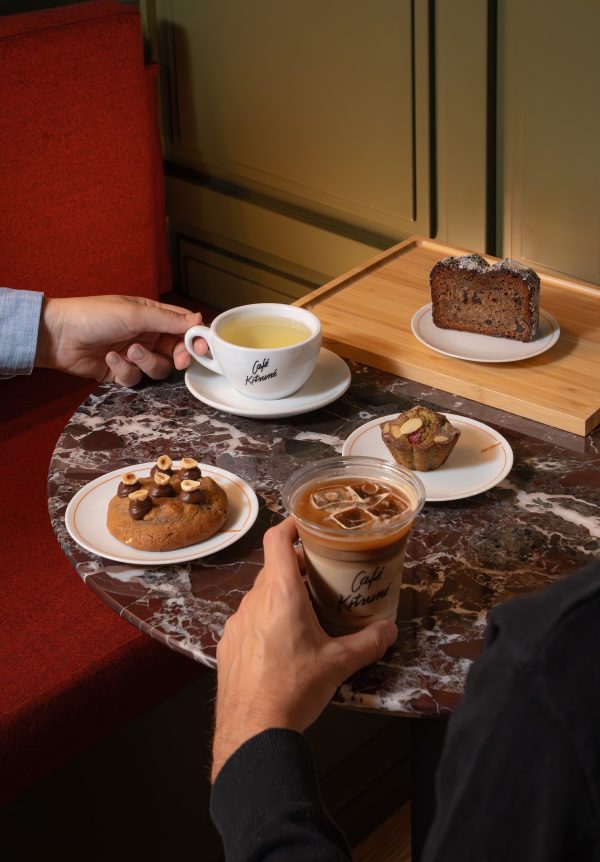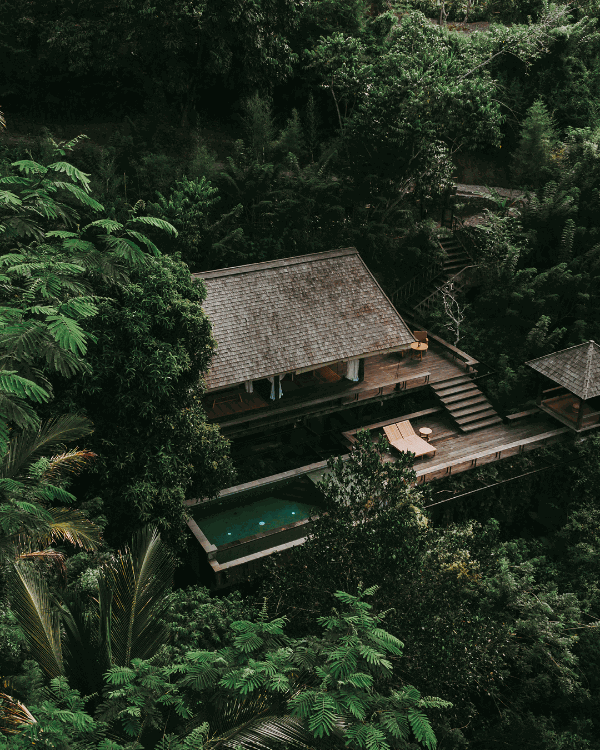 You might have seen images of Aynho Park in Oxfordshire before. It’s been a popular location for fashion shoots and events but has never been fully open to the public… until now. American luxury retailer RH (formerly Restoration Hardware) bought the Grade I listed stately home in 2020 and spent three years transforming it into RH England, a destination for food lovers and interior design fans. Schön! visited this fascinating project to discover a new chapter in the iconic location’s history.
You might have seen images of Aynho Park in Oxfordshire before. It’s been a popular location for fashion shoots and events but has never been fully open to the public… until now. American luxury retailer RH (formerly Restoration Hardware) bought the Grade I listed stately home in 2020 and spent three years transforming it into RH England, a destination for food lovers and interior design fans. Schön! visited this fascinating project to discover a new chapter in the iconic location’s history.
The site of Aynho Park has been in use since the 12th Century, but the original house was built in 1615 and purchased by John Cartwright. Only 30 years later, it was destroyed during the English Civil War and had to be rebuilt almost from scratch. In 1707, Cartwright’s grandson commissioned renowned architect Tomas Archer to extend it, adding Baroque flourishes to the Jacobean manor, which was further remodelled by Sir John Soane in 1798. The gardens, meanwhile, are by landscape architect Capability Brown. That’s quite the call sheet of design talent.
The Cartwright family owned the Cotswolds country estate until the mid-1900s, but by the time James and Sophie Perkins bought it in 2006, the 600 plus room property had been converted into flats. Their whimsical reimagining incorporated some rather eclectic and eccentric touches, including a giraffe seemingly suspended mid-air by balloons. Some of their collection of sculptures, architectural models and artifacts can still be admired on the grand staircases, one dubbed the ‘Stairway to Heaven’, but few of the more flamboyant flourishes remain, save the ‘unicorn’ that greets guests in the entrance foyer. Unsurprisingly, it was during the Perkins’ ownership that Aynho became the ultimate party pad for the rich and famous.
 Now this Palladian mansion is open for all to enjoy, restored pristinely but sympathetically for future generations. No ticket or appointment is necessary to visit (although you can book a design consultation), and locals can be found walking their dogs or enjoying the spectacular views on the 73-acre estate. However, one of the main draws here is the food and drink.
Now this Palladian mansion is open for all to enjoy, restored pristinely but sympathetically for future generations. No ticket or appointment is necessary to visit (although you can book a design consultation), and locals can be found walking their dogs or enjoying the spectacular views on the 73-acre estate. However, one of the main draws here is the food and drink.
 For fine dining, book a table in the stunning Orangery. Built in the 18th Century, this is not your average ‘greenhouse’. On one side are towering arched windows; on the other you can glimpse the live-fire kitchen beyond mirrored walls that amplify the already abundant daylight. Talking of light, in the centre of it all hangs an installation by Alison Berger that includes 567 blown glass pendants.
For fine dining, book a table in the stunning Orangery. Built in the 18th Century, this is not your average ‘greenhouse’. On one side are towering arched windows; on the other you can glimpse the live-fire kitchen beyond mirrored walls that amplify the already abundant daylight. Talking of light, in the centre of it all hangs an installation by Alison Berger that includes 567 blown glass pendants.
 The menu includes elevated versions of comfort food and guilty pleasures, from a Fried Chicken Sando or BLT, to a Chinese Chicken Salad or Caramelised Banana Split. To start, we sampled the Wood-grilled Avocado with Petrossian Imperial Kaluga Hybrid Caviar, Crème Fraiche and Chives, the Crispy Artichokes with Potatoes, Rosemary and Lemon Aioli, the Fresh Burrata with Heirloom and Cherry Tomatoes and Rustic Pesto and the Grilled Shrimp with Lemon, Butter, Garlic and Calabrian Chilli.
The menu includes elevated versions of comfort food and guilty pleasures, from a Fried Chicken Sando or BLT, to a Chinese Chicken Salad or Caramelised Banana Split. To start, we sampled the Wood-grilled Avocado with Petrossian Imperial Kaluga Hybrid Caviar, Crème Fraiche and Chives, the Crispy Artichokes with Potatoes, Rosemary and Lemon Aioli, the Fresh Burrata with Heirloom and Cherry Tomatoes and Rustic Pesto and the Grilled Shrimp with Lemon, Butter, Garlic and Calabrian Chilli.
 For mains, we’d recommend the Roadside Lobster Roll with Drawn Butter, Old Bay, Brioche and a Dash of Mayo (add caviar if you like), accompanied by Truffle Fries, or, if you’d prefer something less rich, the Whole Grilled Branzino with Olive Oil and Grilled Lemon. Everything was presented beautifully and too tempting to stay on the plate for long.
For mains, we’d recommend the Roadside Lobster Roll with Drawn Butter, Old Bay, Brioche and a Dash of Mayo (add caviar if you like), accompanied by Truffle Fries, or, if you’d prefer something less rich, the Whole Grilled Branzino with Olive Oil and Grilled Lemon. Everything was presented beautifully and too tempting to stay on the plate for long.
 The cocktail list consists of classics but, as the sun was shining, we opted for the Hemingway Daiquiri with Flor de Caña Four Year Rum, Luxardo Maraschino Liqueur, Lime and Grapefruit, followed by a refreshing rosé from Château Beaulieu, but the wine list also includes a host of English-grown varieties.
The cocktail list consists of classics but, as the sun was shining, we opted for the Hemingway Daiquiri with Flor de Caña Four Year Rum, Luxardo Maraschino Liqueur, Lime and Grapefruit, followed by a refreshing rosé from Château Beaulieu, but the wine list also includes a host of English-grown varieties.
If that’s not enough vino, head over to the Wine Lounge, formerly the French drawing room, to explore fine wines and champagnes, including limited edition vintages. The dining room is now the Tea Salon, offering a selection of speciality brews alongside a classic Devonshire Cream Tea, while the old kitchen houses The Juicery, with made-to-order juices, craft coffee and grilled baguettes.
 For relaxed al fresco dining, visit The Loggia, once the servants’ quarters, where you’ll find a restaurant/wine bar serving wood-fired pizzas, charcuterie boards and sharing plates at glowing fire tables overlooking the deer-filled grounds. Did we mention deer? Yes, Aynho is home to England’s largest grazing herd of the rare White Hart variety. It’s quite the fairytale setting.
For relaxed al fresco dining, visit The Loggia, once the servants’ quarters, where you’ll find a restaurant/wine bar serving wood-fired pizzas, charcuterie boards and sharing plates at glowing fire tables overlooking the deer-filled grounds. Did we mention deer? Yes, Aynho is home to England’s largest grazing herd of the rare White Hart variety. It’s quite the fairytale setting.
 Architecture and interior design enthusiasts, meanwhile, should check out the Sir John Soane exhibition, created in partnership with Sir John Soane’s Museum in London, and the impressive Architecture and Design Library. Here you can peruse incredibly precious – and often ancient – tomes, coveted by top collectors, as well as some more accessible editions that are available for purchase. The librarian is not only very knowledgably and informative, but incredibly chic to boot!
Architecture and interior design enthusiasts, meanwhile, should check out the Sir John Soane exhibition, created in partnership with Sir John Soane’s Museum in London, and the impressive Architecture and Design Library. Here you can peruse incredibly precious – and often ancient – tomes, coveted by top collectors, as well as some more accessible editions that are available for purchase. The librarian is not only very knowledgably and informative, but incredibly chic to boot!
 In fact, everything at Aynho Park – both indoors and out – is decorated, furnished and styled in RH’s signature aesthetic, i.e. minimal (but not stark) quiet luxury in a muted, earthy palette and tactile materials, interspersed with art and antiques. On the upper floors, you will find more rooms dedicated to displaying the RH Interiors collections.
In fact, everything at Aynho Park – both indoors and out – is decorated, furnished and styled in RH’s signature aesthetic, i.e. minimal (but not stark) quiet luxury in a muted, earthy palette and tactile materials, interspersed with art and antiques. On the upper floors, you will find more rooms dedicated to displaying the RH Interiors collections.
While Aynho is arguably RH’s most ambitious project, housing its ‘galleries’ in historic buildings is very much part of the company’s MO. Stephen Gordon founded Restoration Hardware in California in 1979, after struggling to find high quality fixtures and fittings for a Victorian home he was renovating, which explains the original name. By 2001, there were over 100 stores, but in 2012 it rebranded to RH and began its current focus on the higher end of the interiors market. The galleries aim to immerse the customer in the lifestyle and possibilities that must be experienced in person to be fully appreciated.
 Although well-established State side, this was RH’s first foray into the European market and its inaugural gallery outside of the USA. There are now galleries in Madrid, Brussels, Munich and Dusseldorf, with Paris and London (the latter on Savile Row, no less) planned for next year. Watch this (beautifully curated) space. We know we will.
Although well-established State side, this was RH’s first foray into the European market and its inaugural gallery outside of the USA. There are now galleries in Madrid, Brussels, Munich and Dusseldorf, with Paris and London (the latter on Savile Row, no less) planned for next year. Watch this (beautifully curated) space. We know we will.
Read more about RH England here.
words. Huma Humayun
photography. Courtesy of RH England


